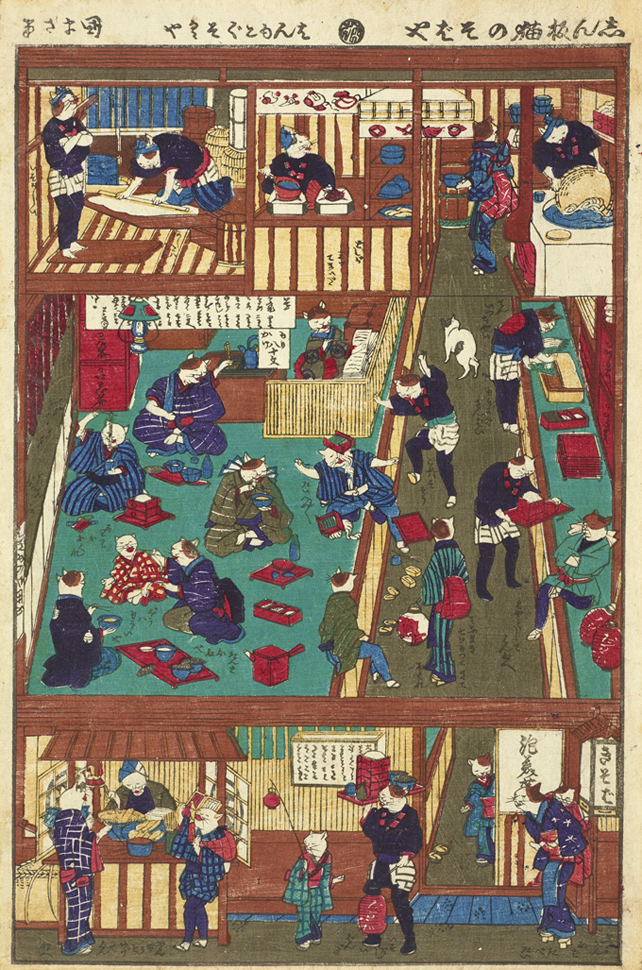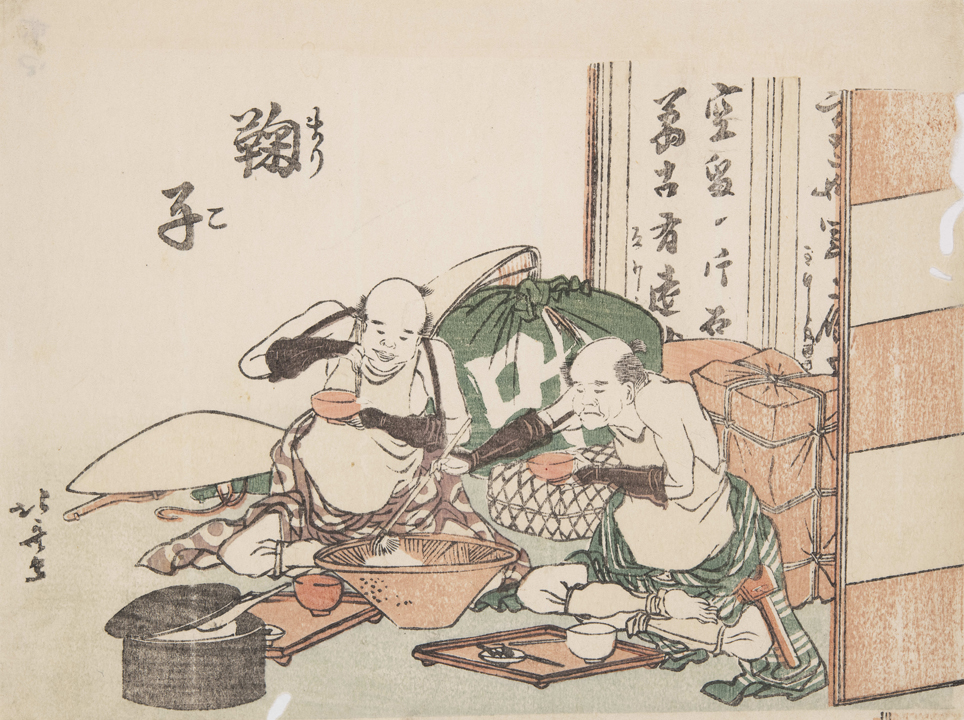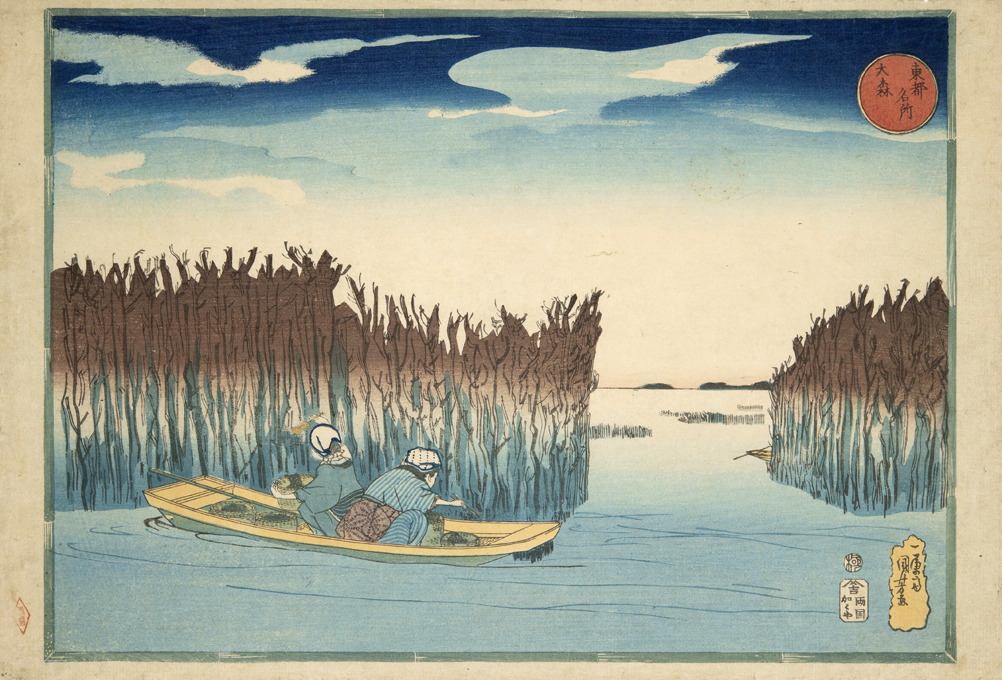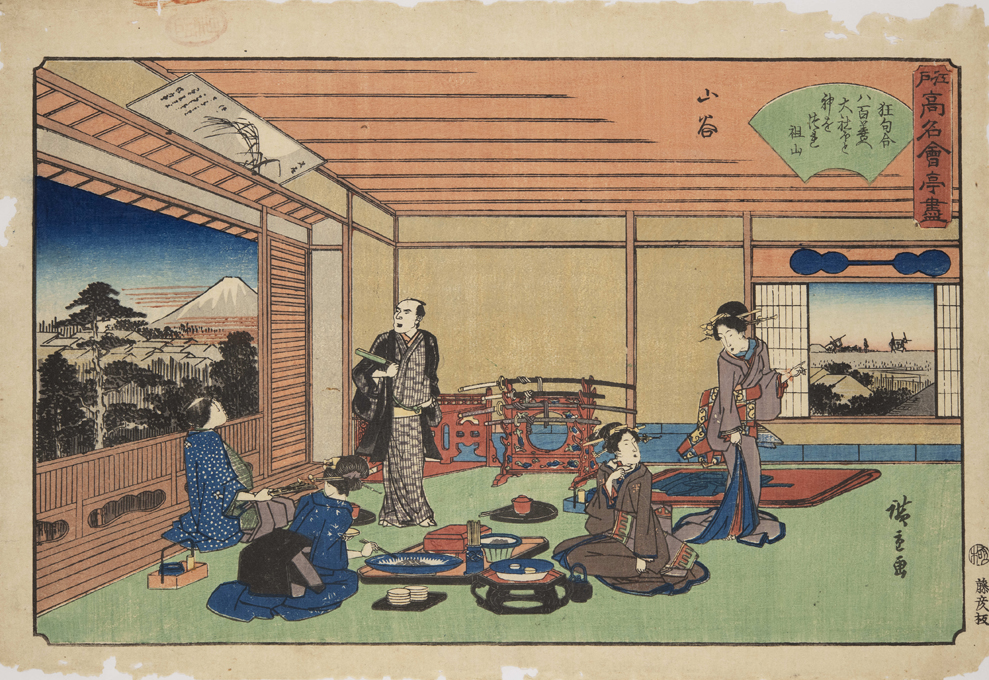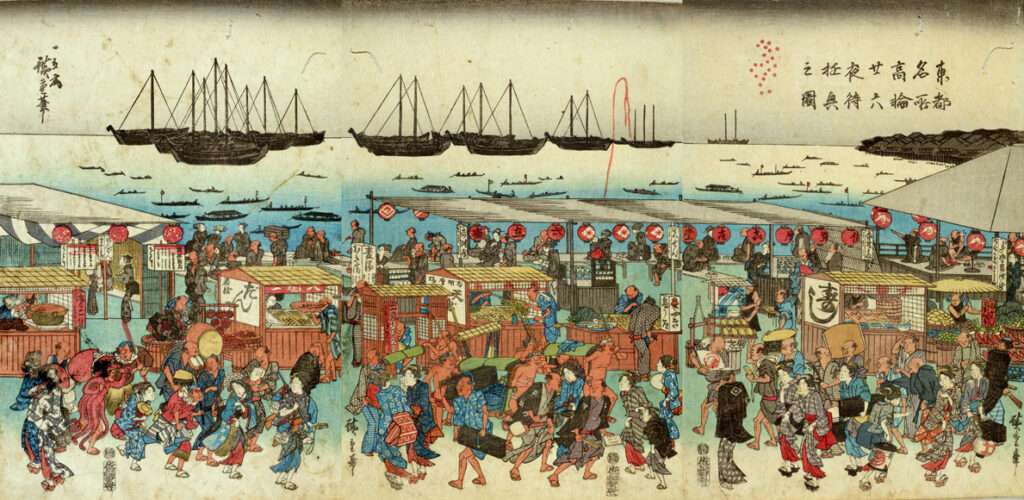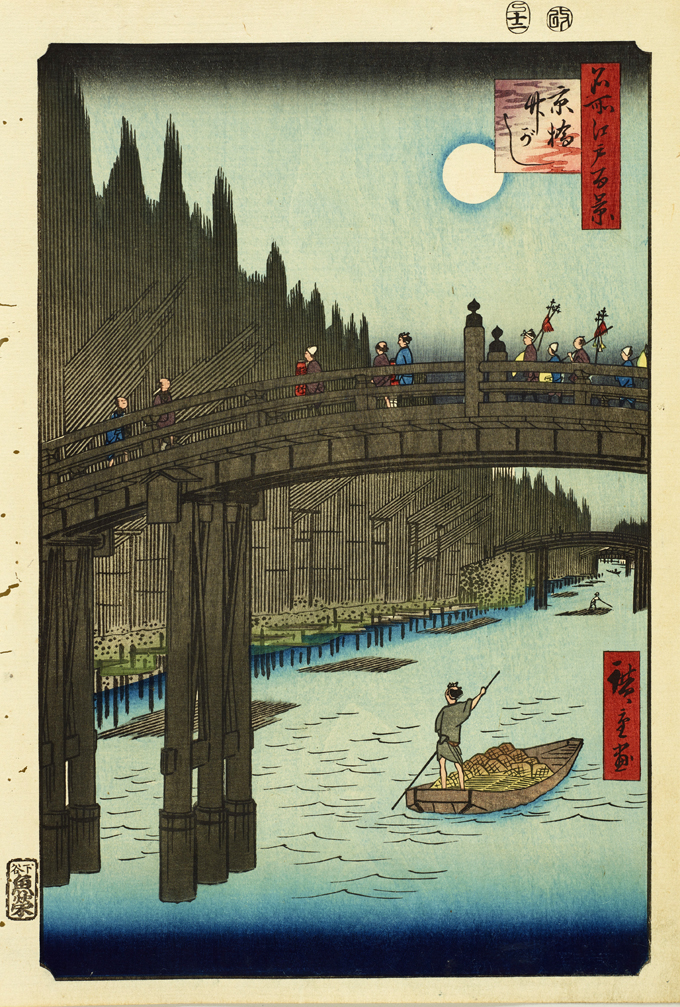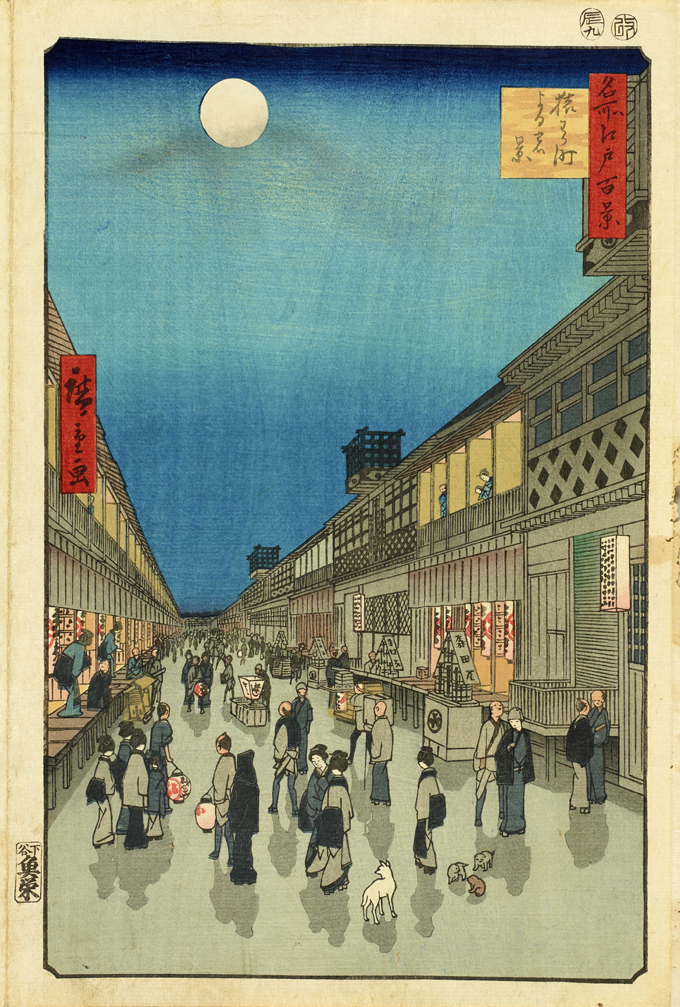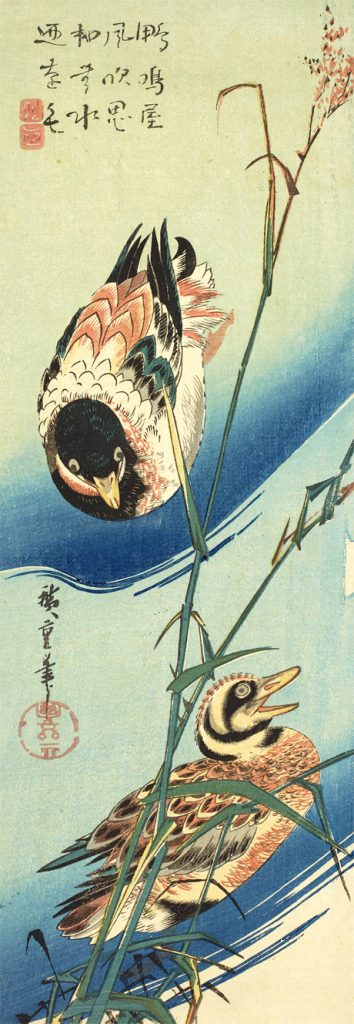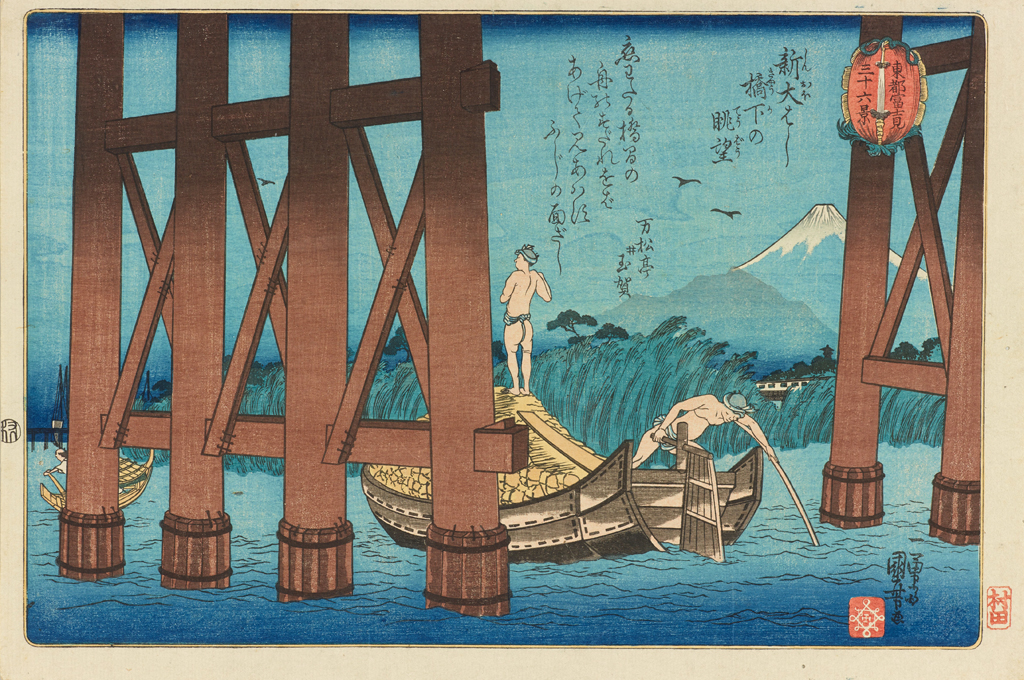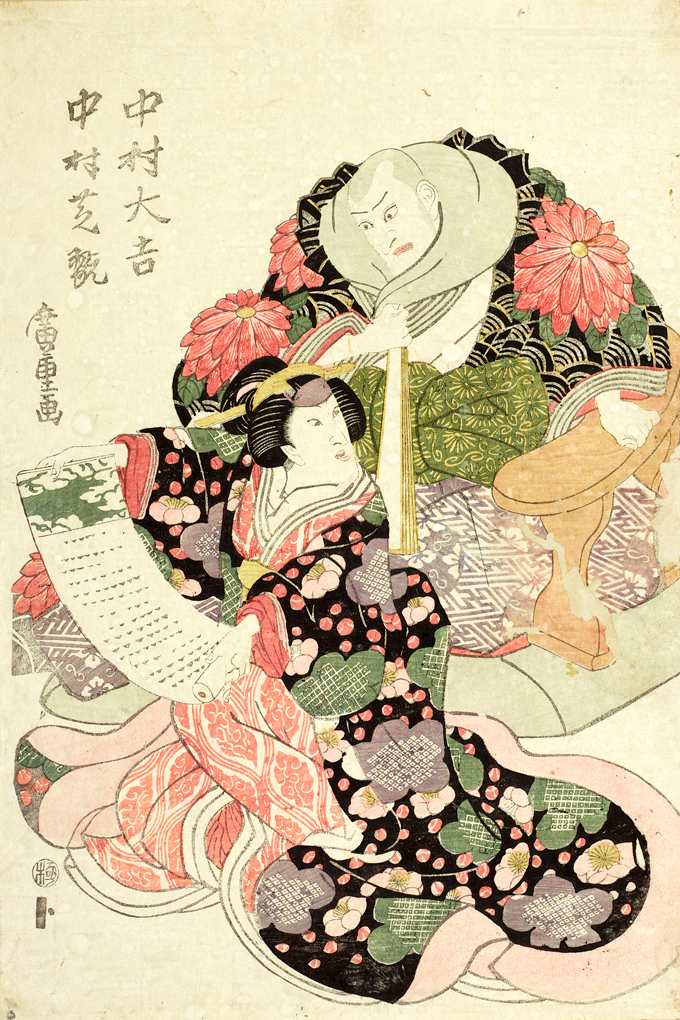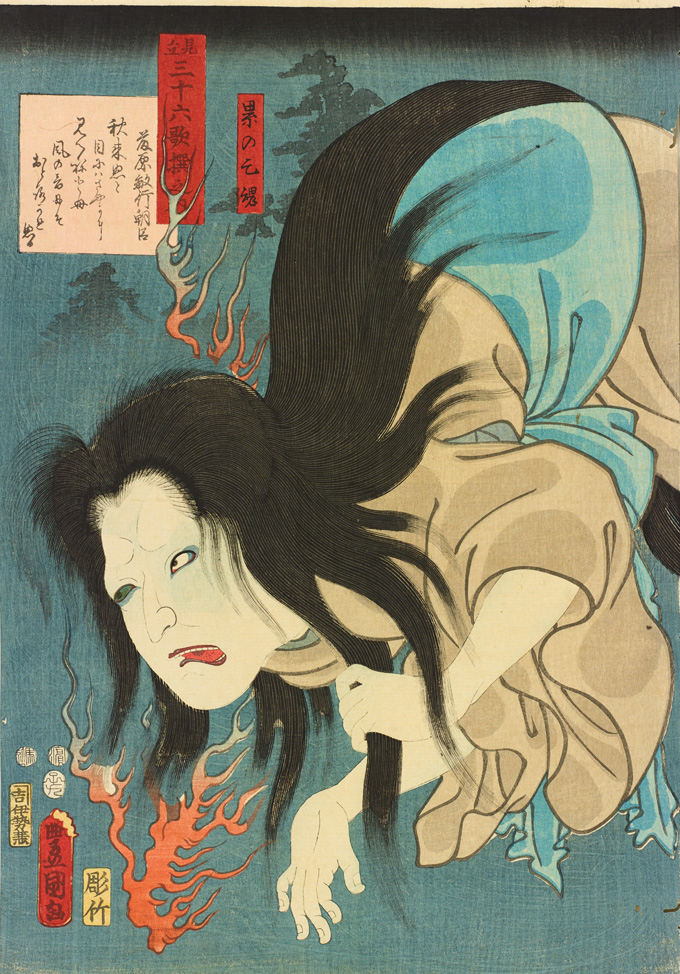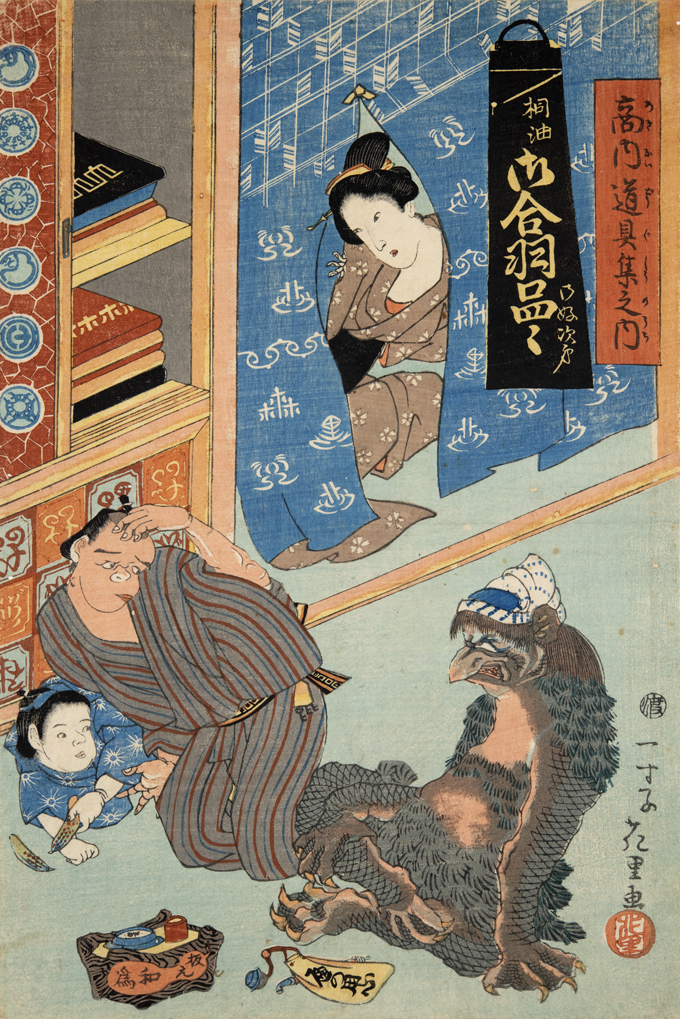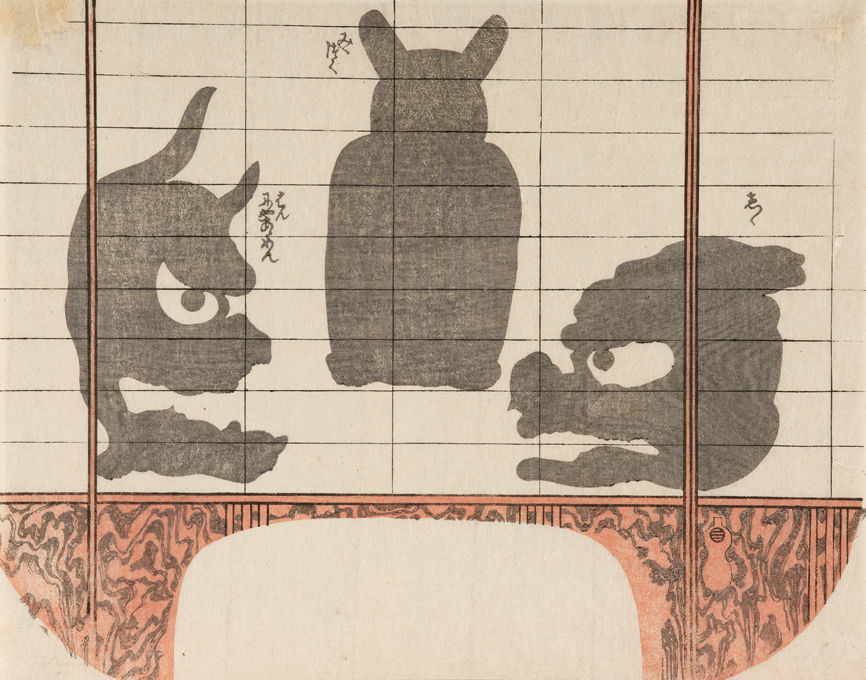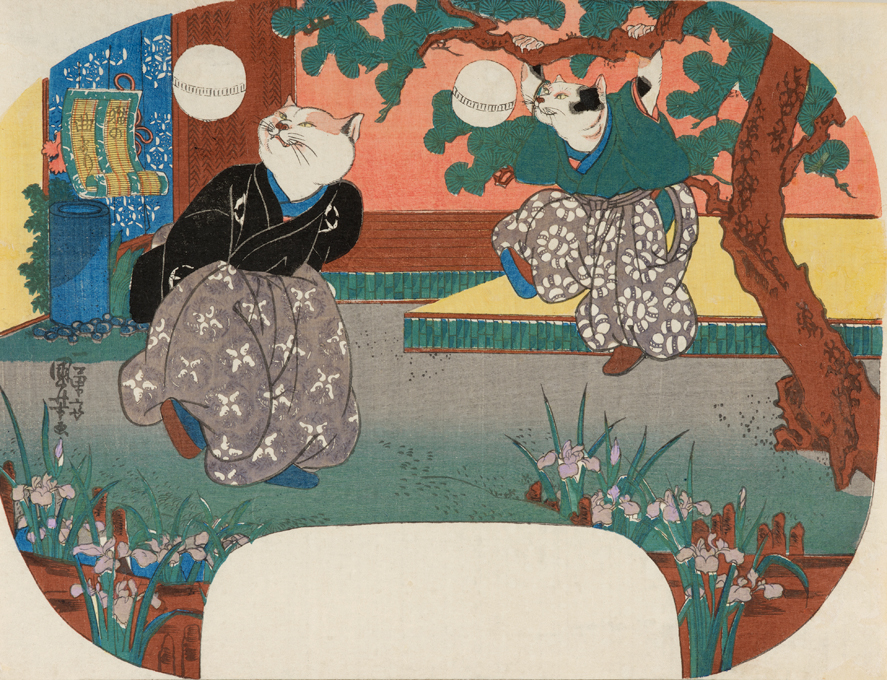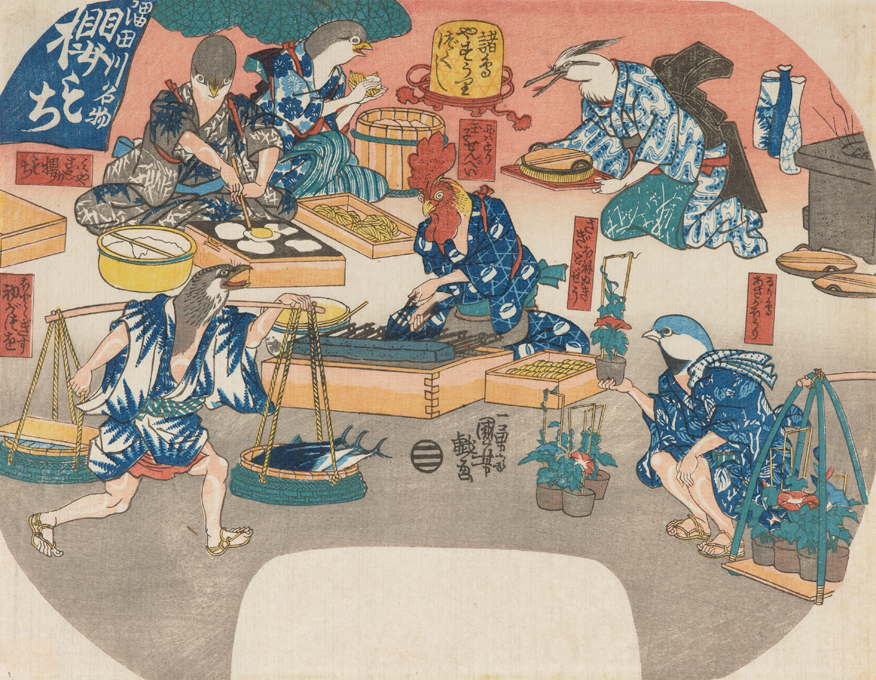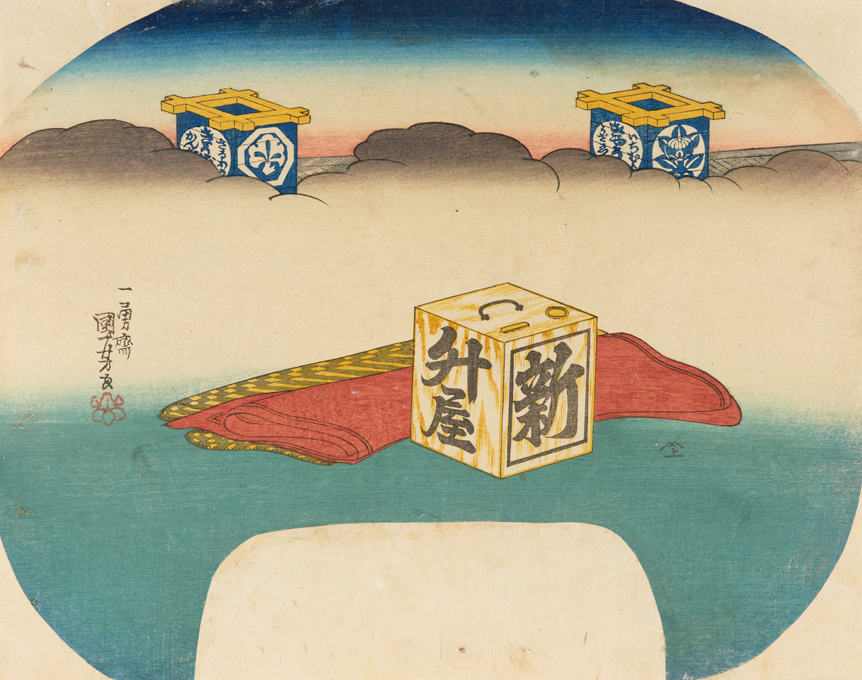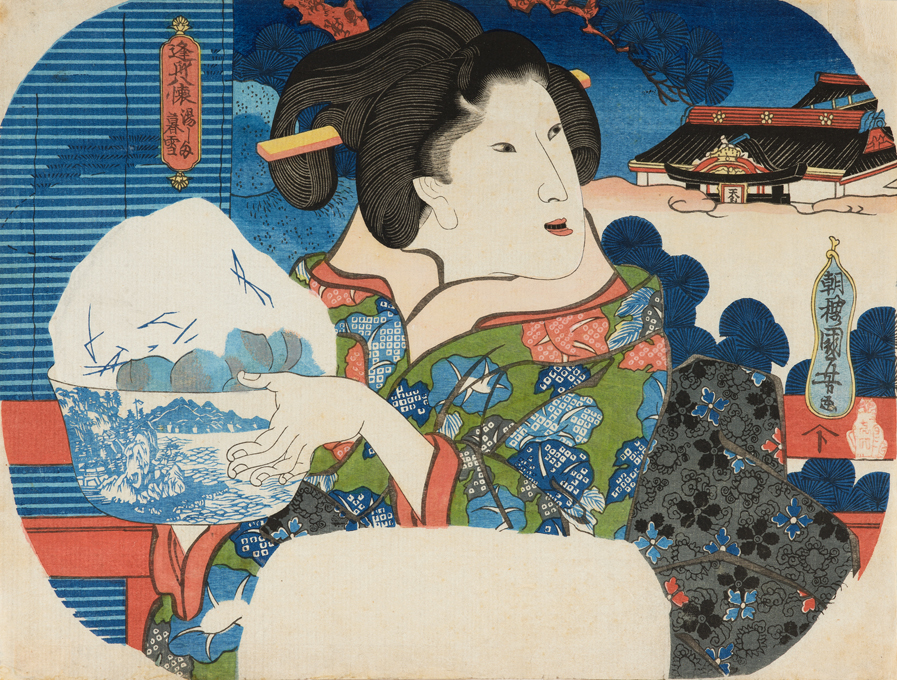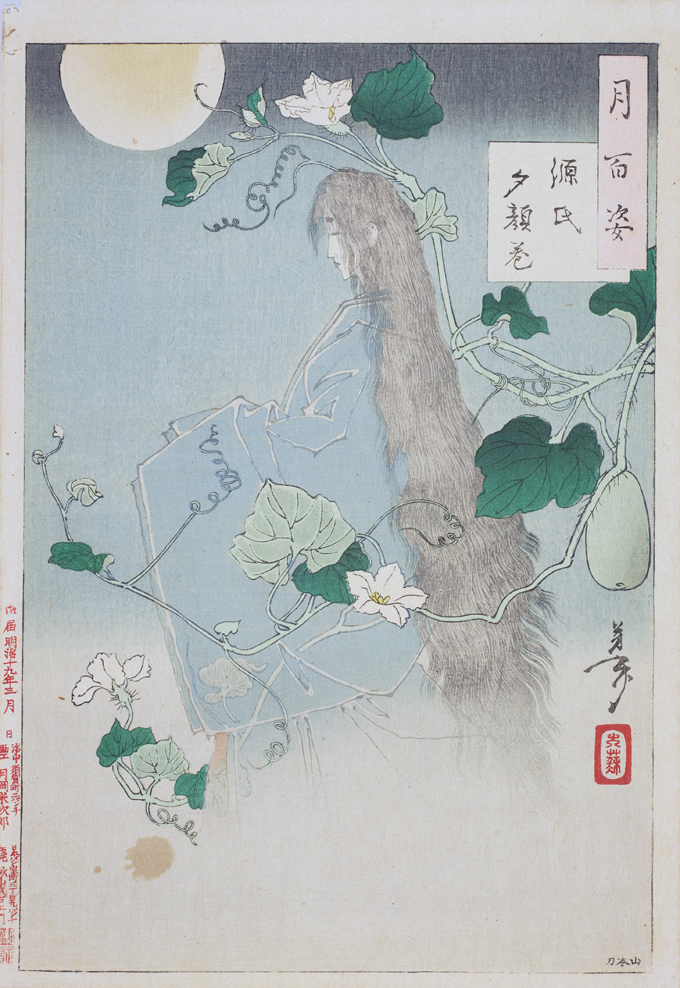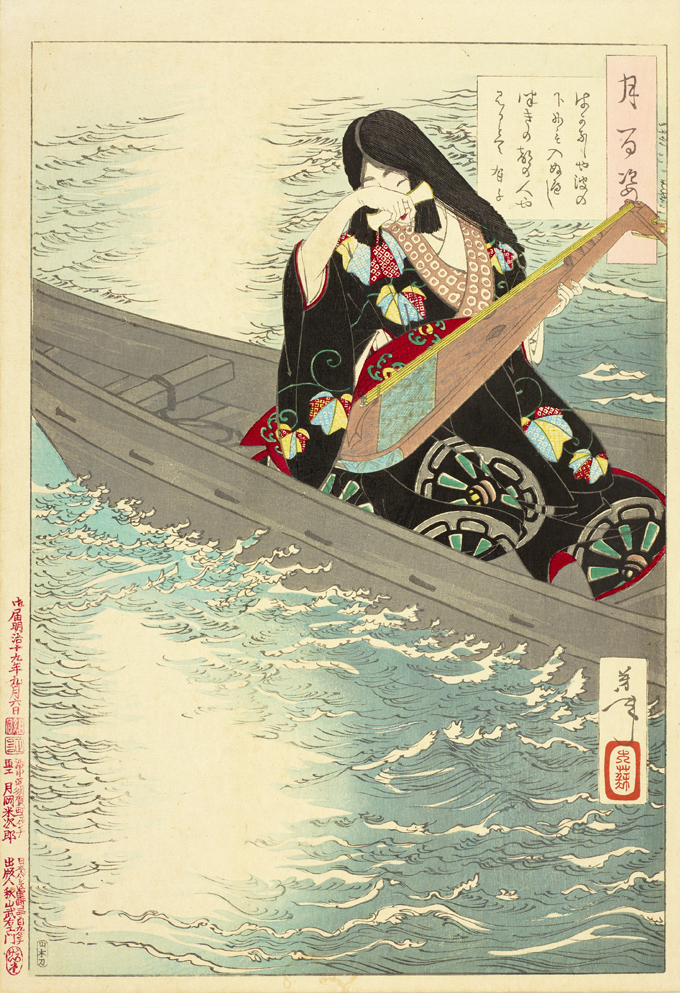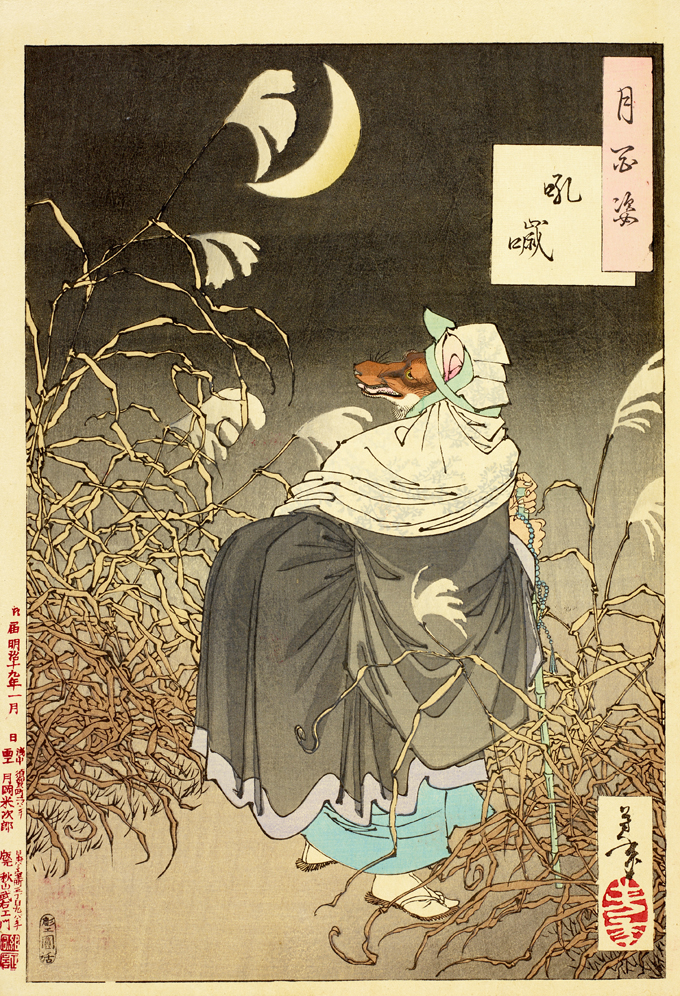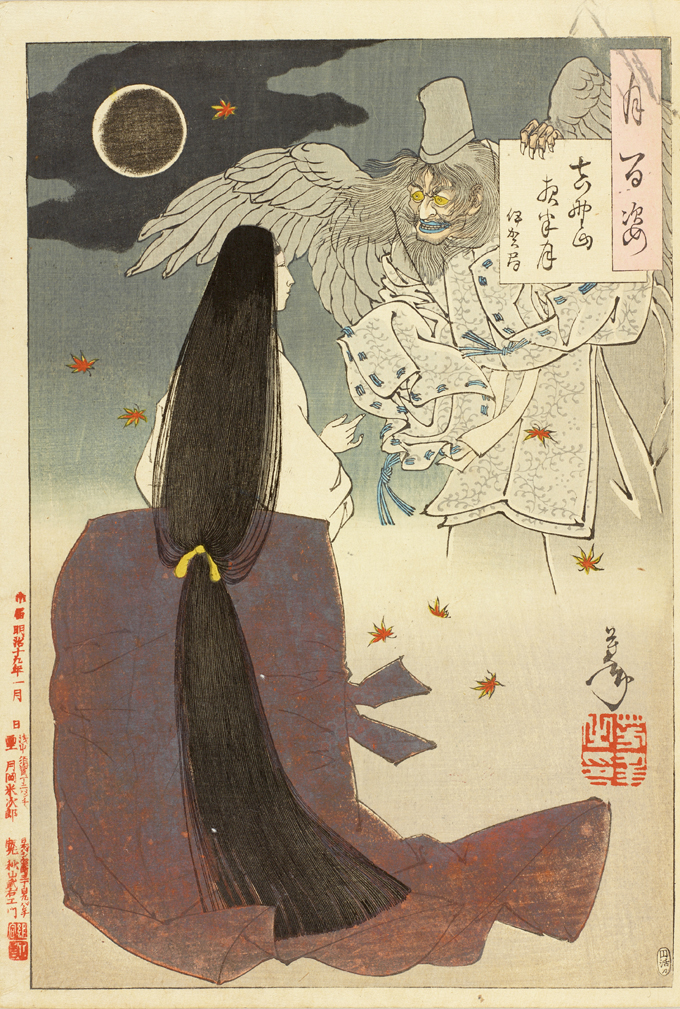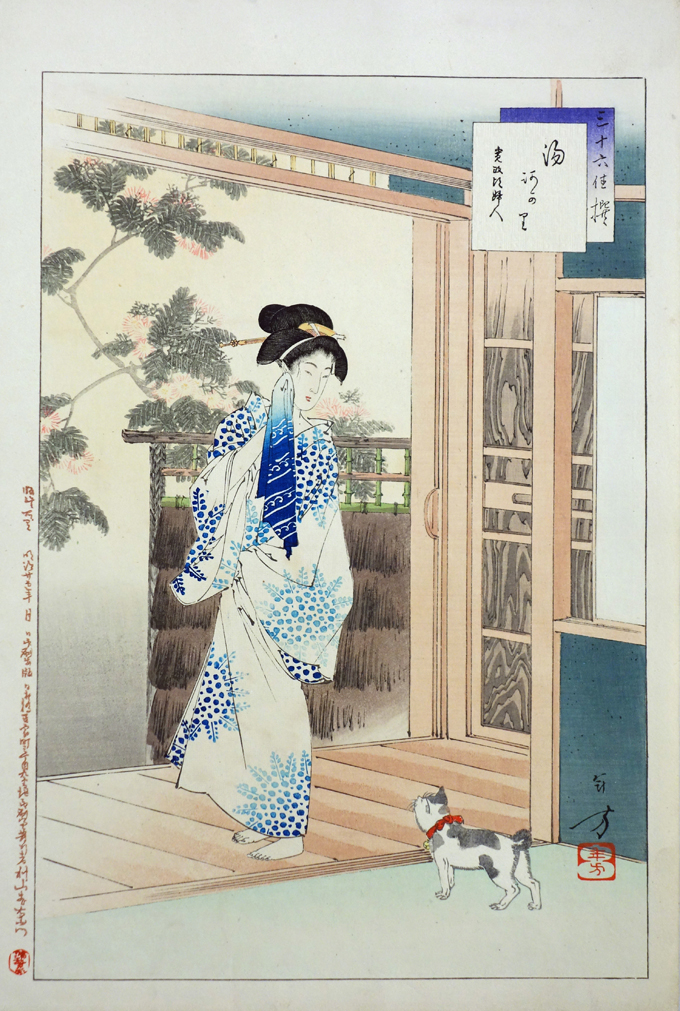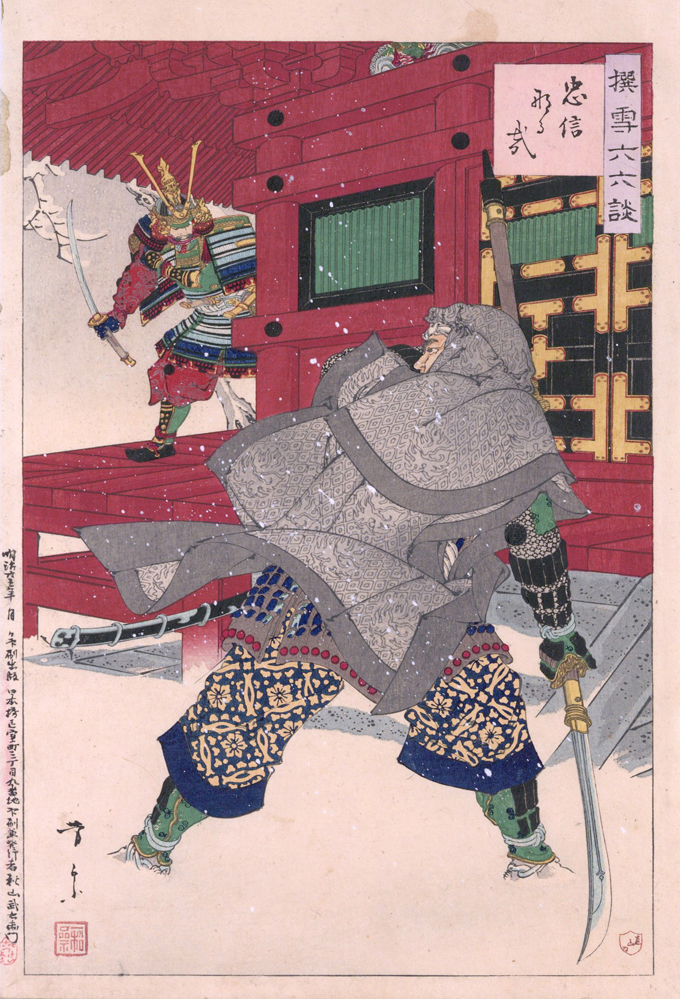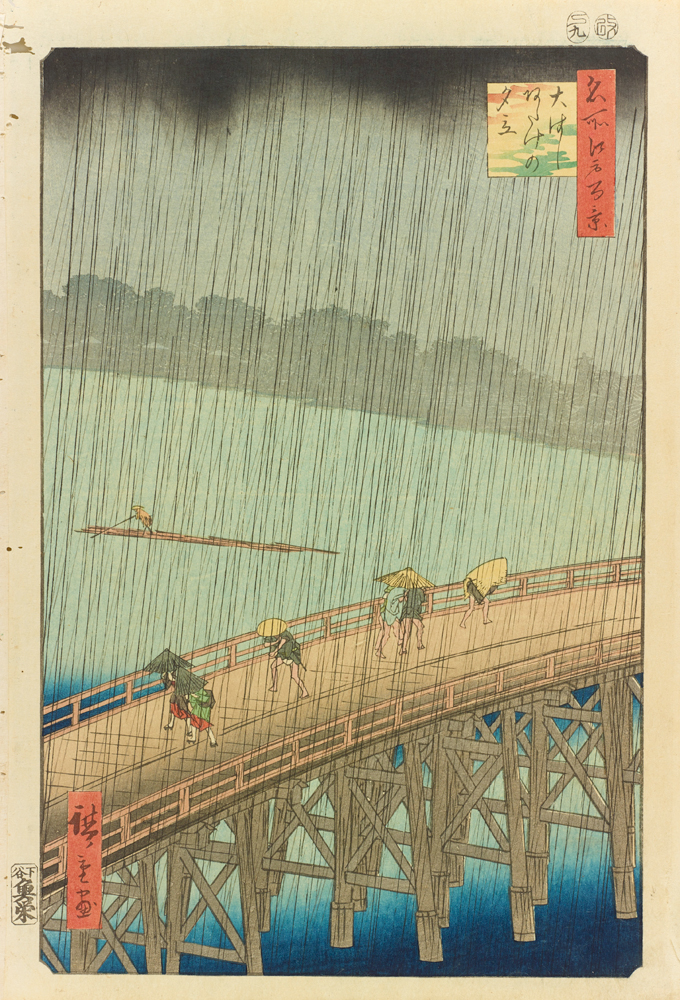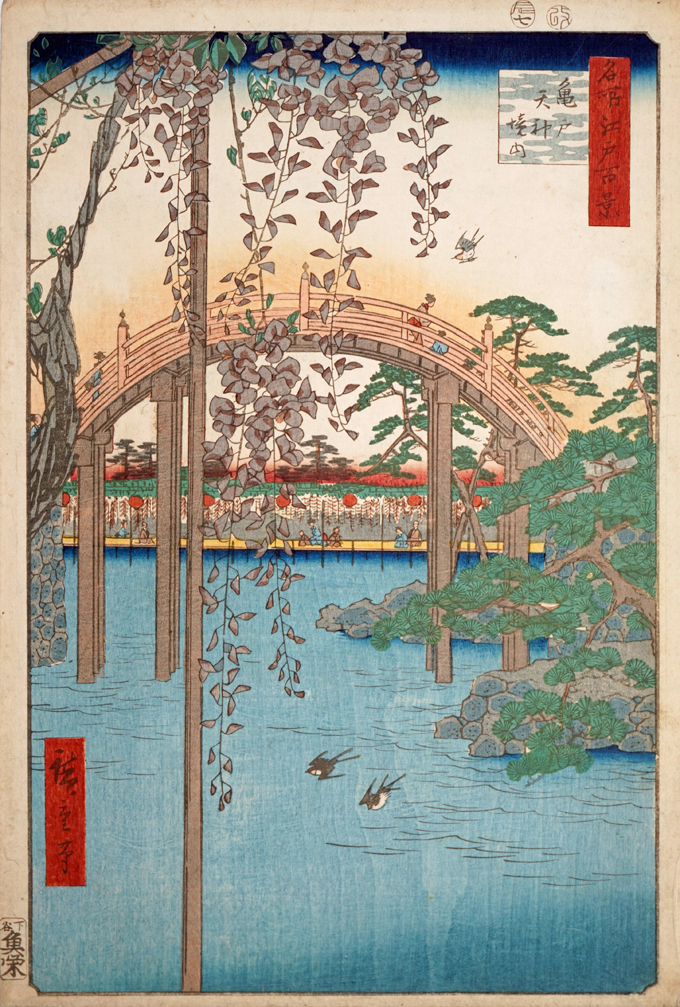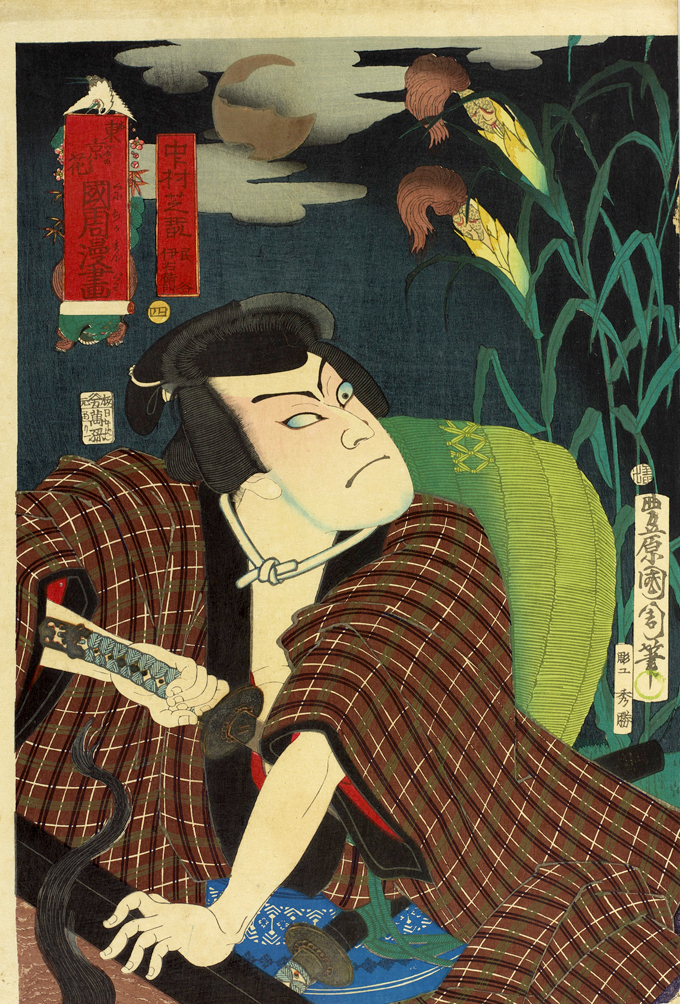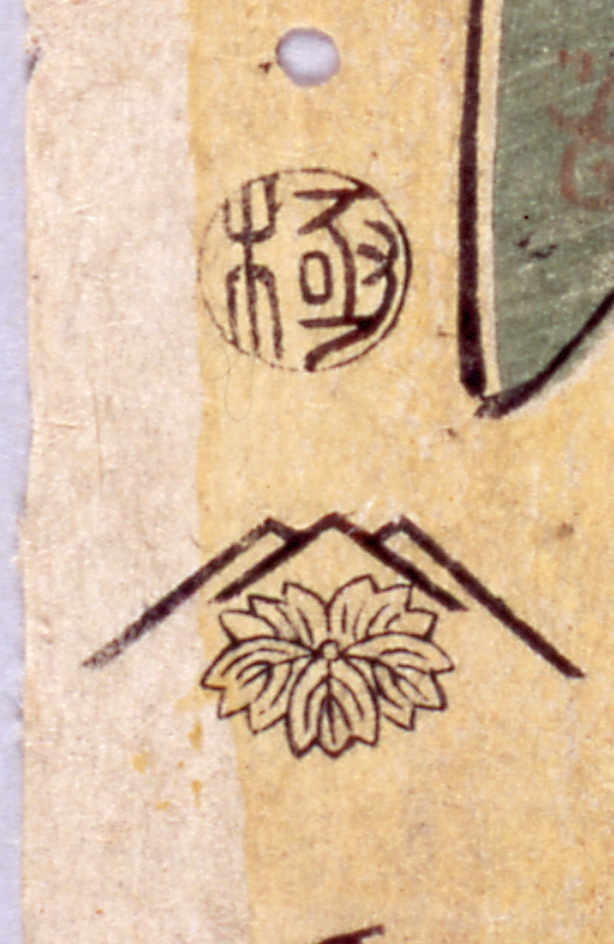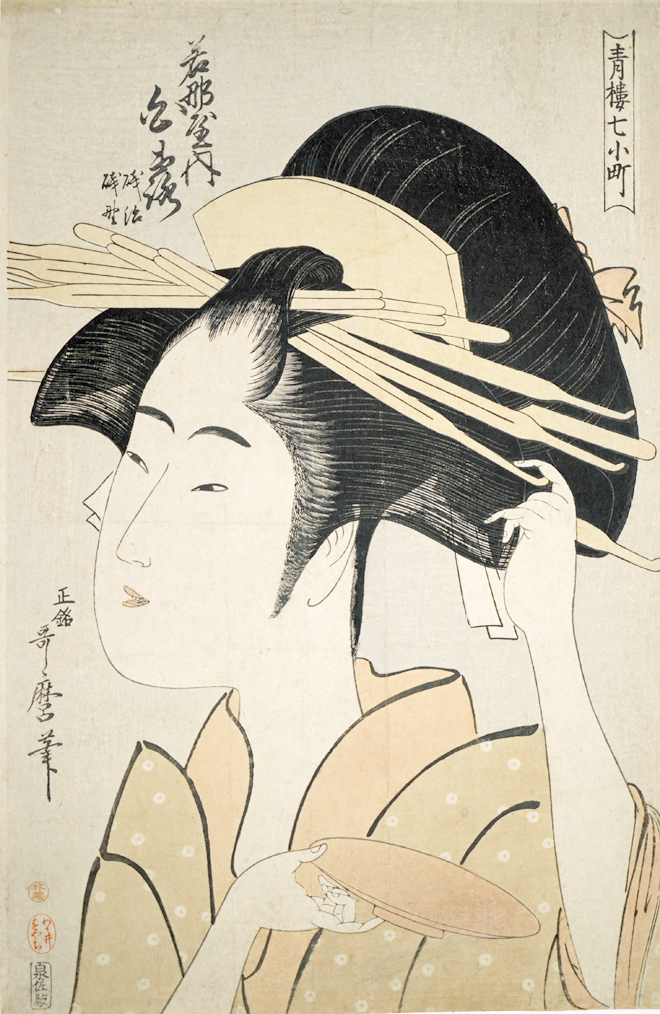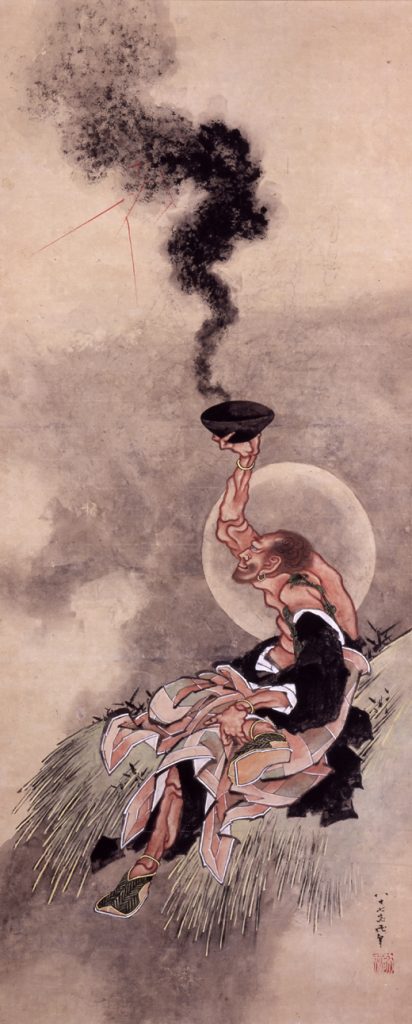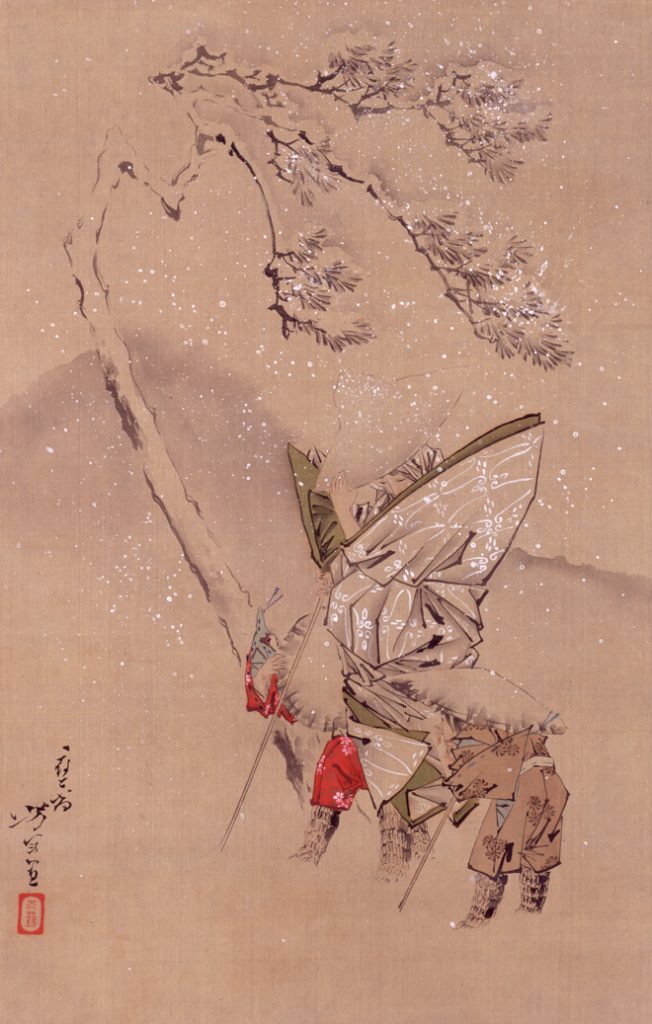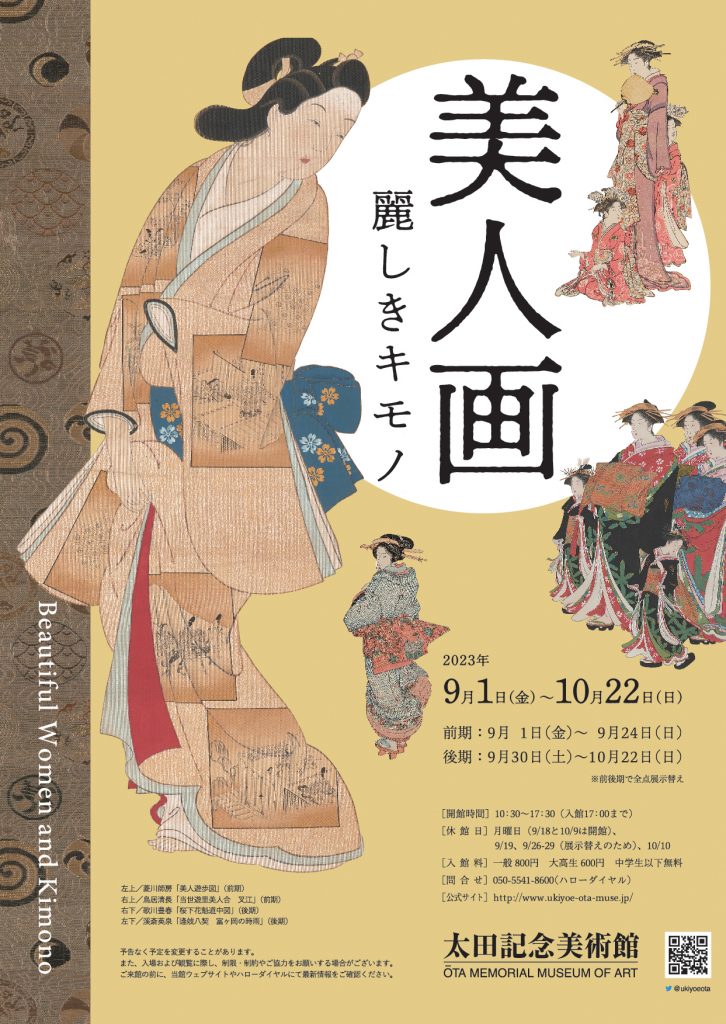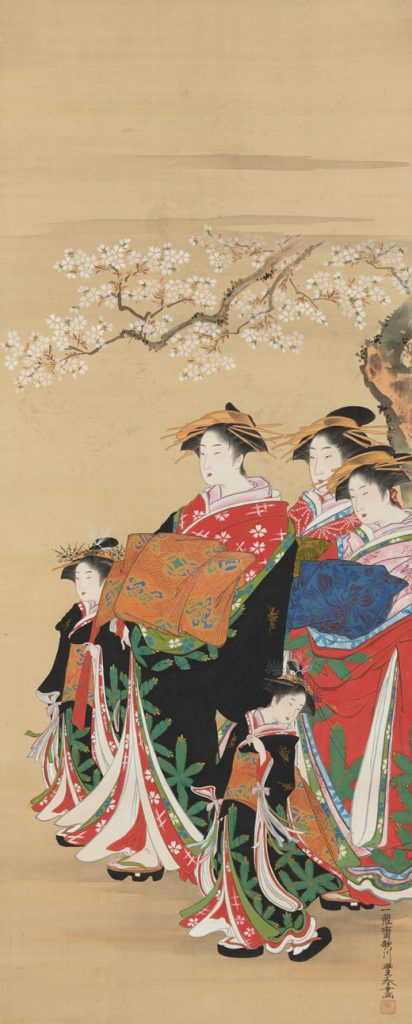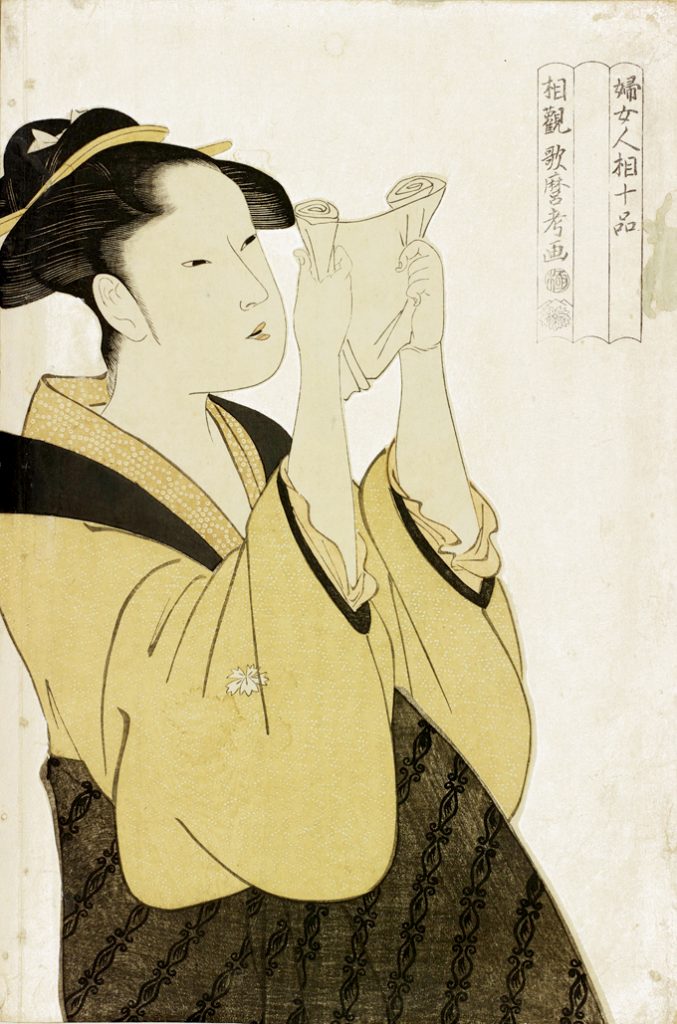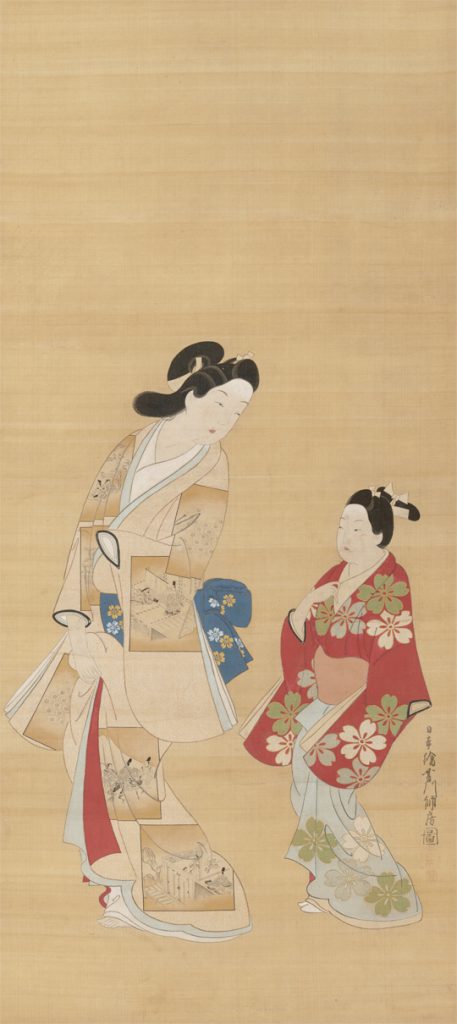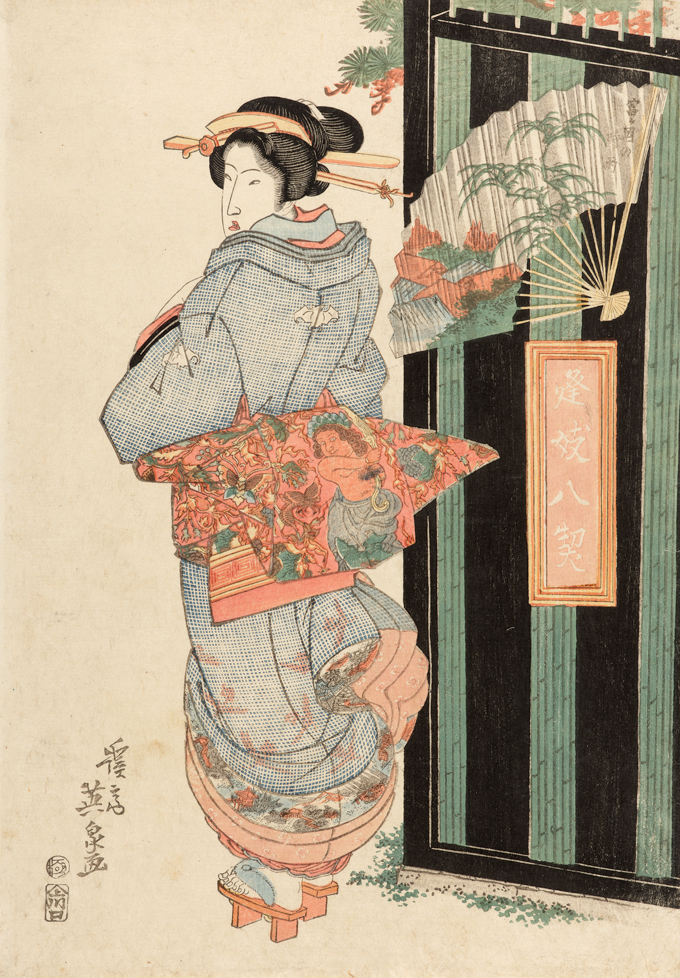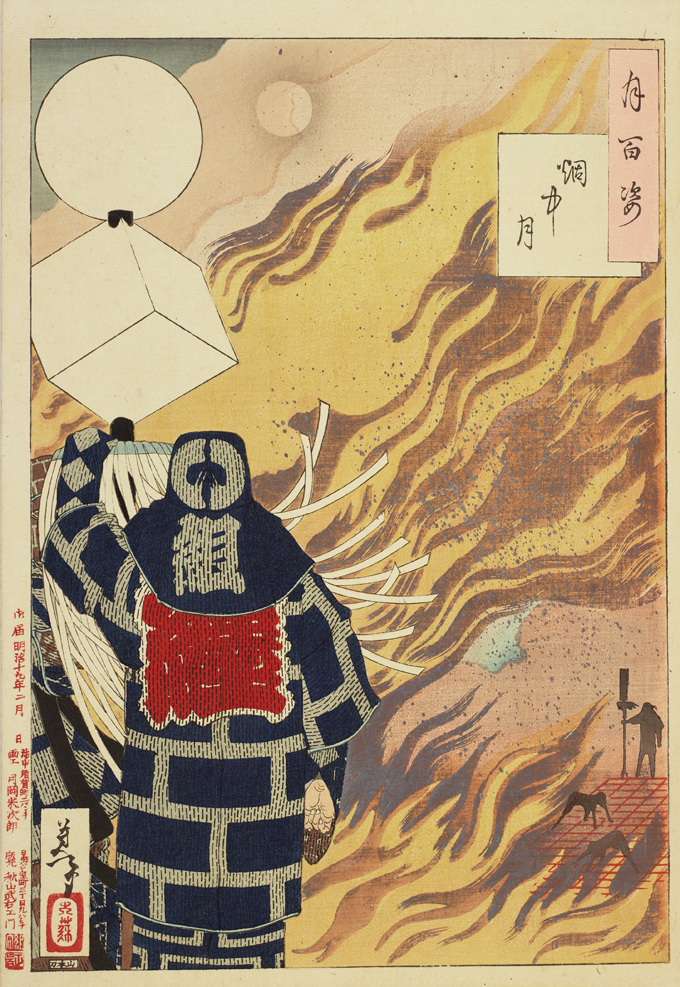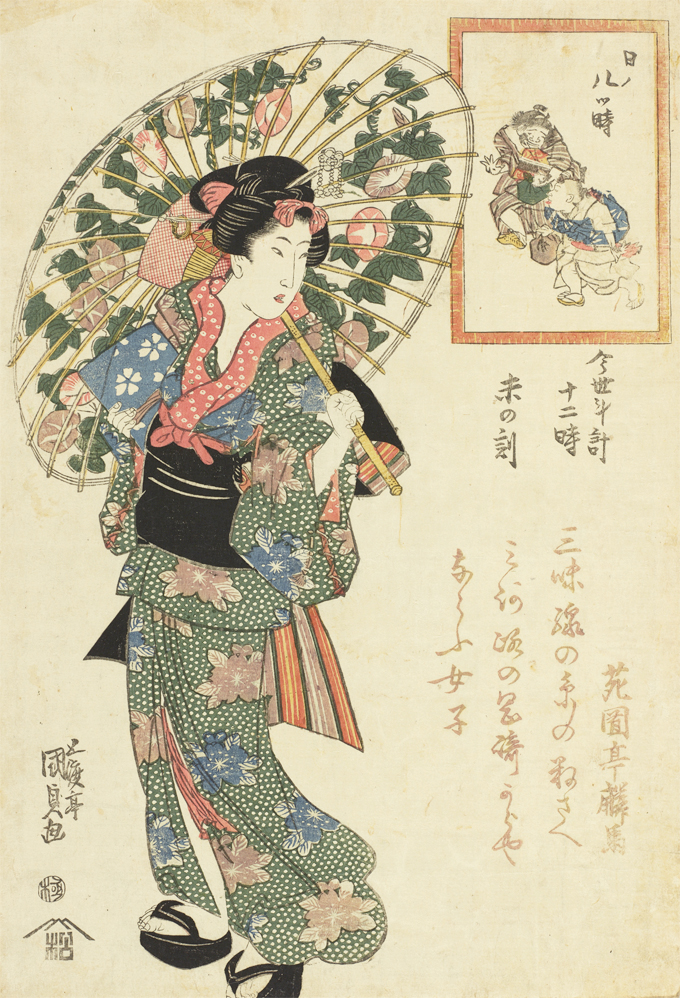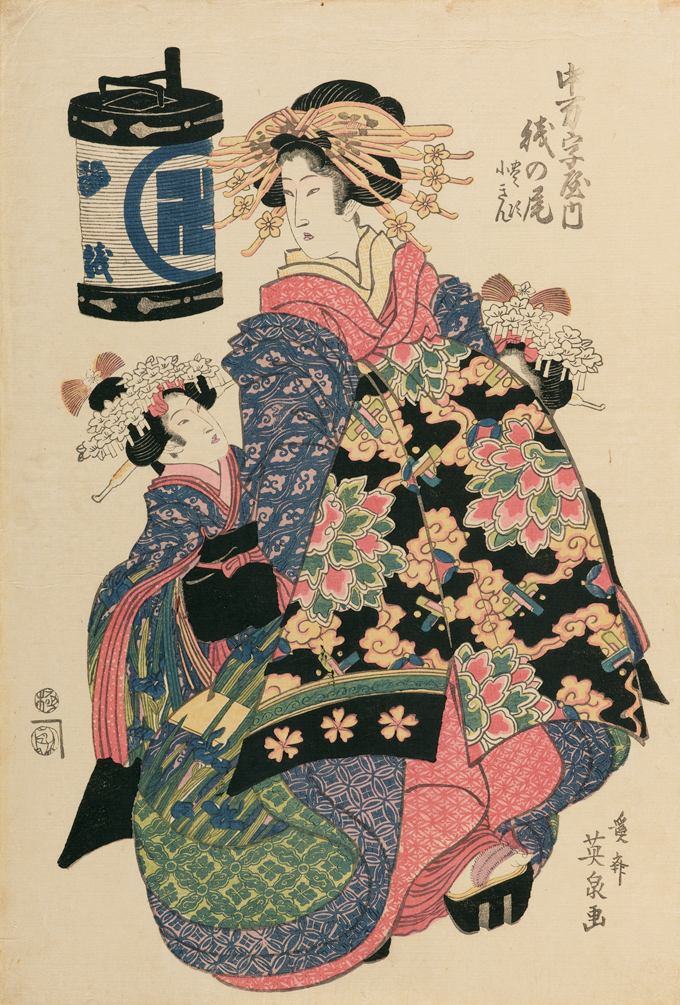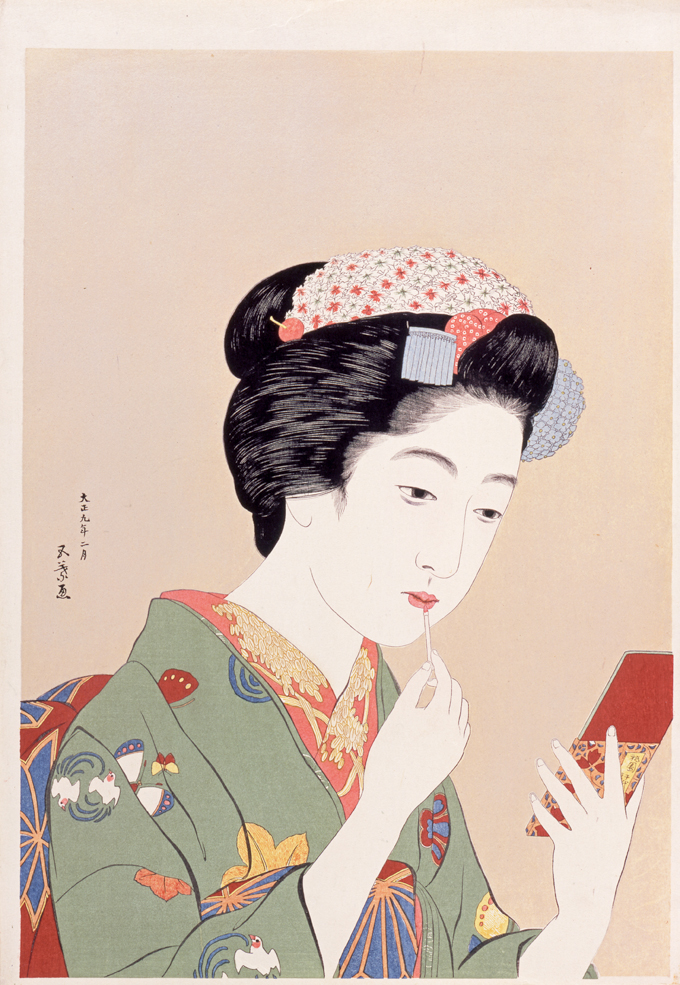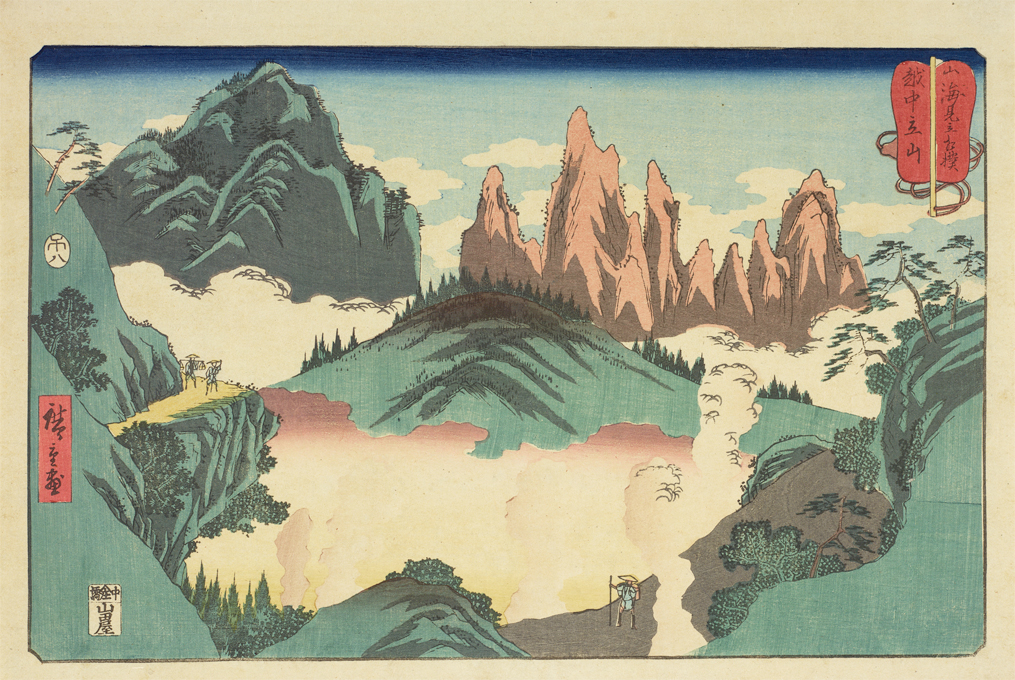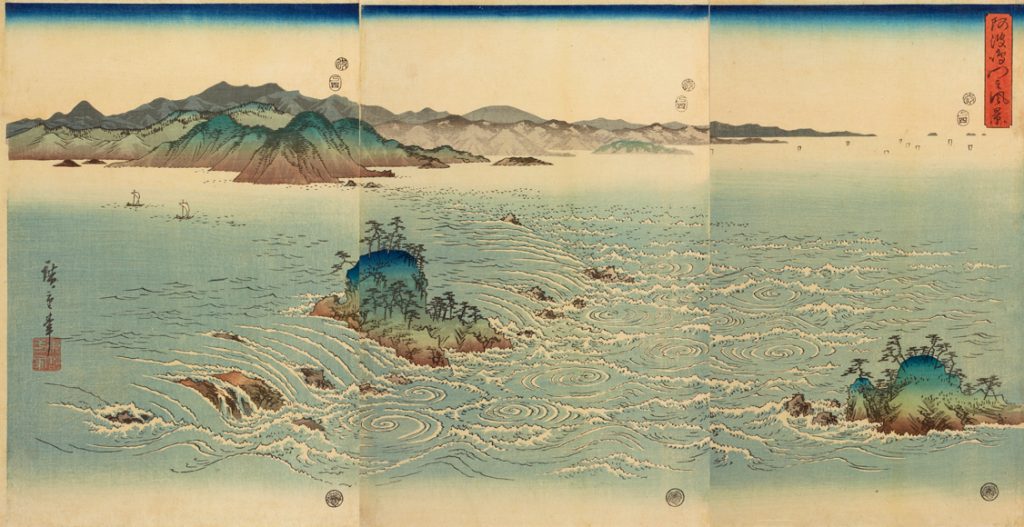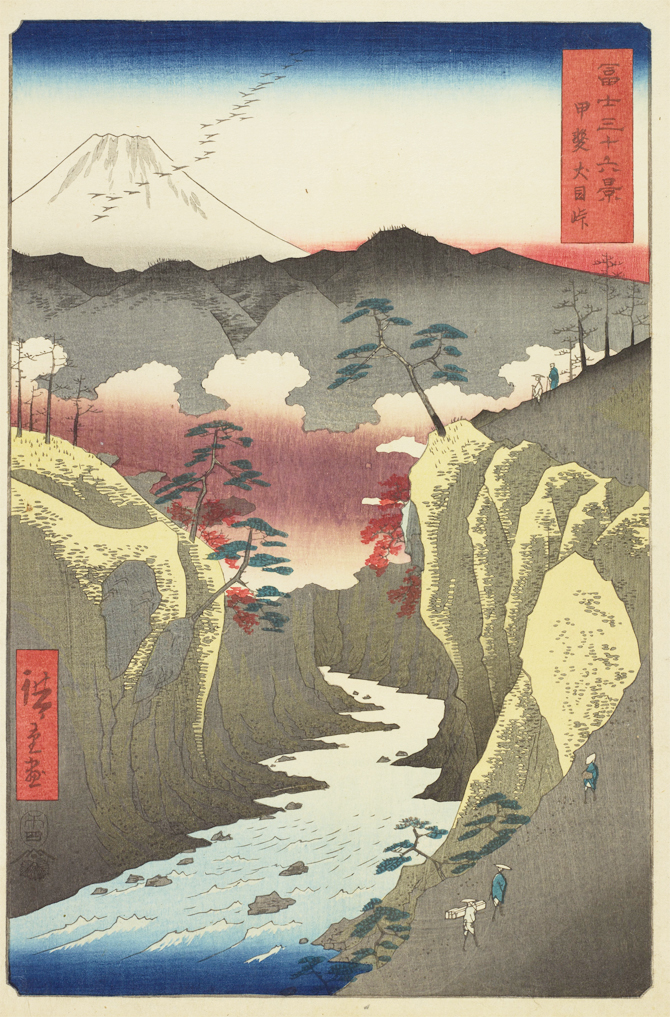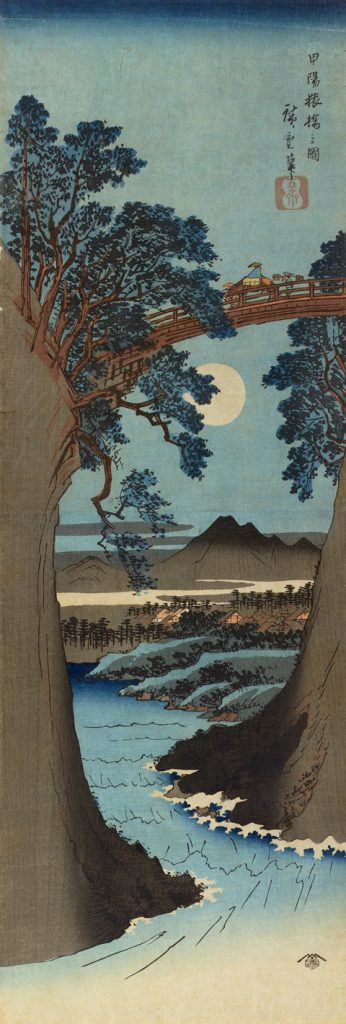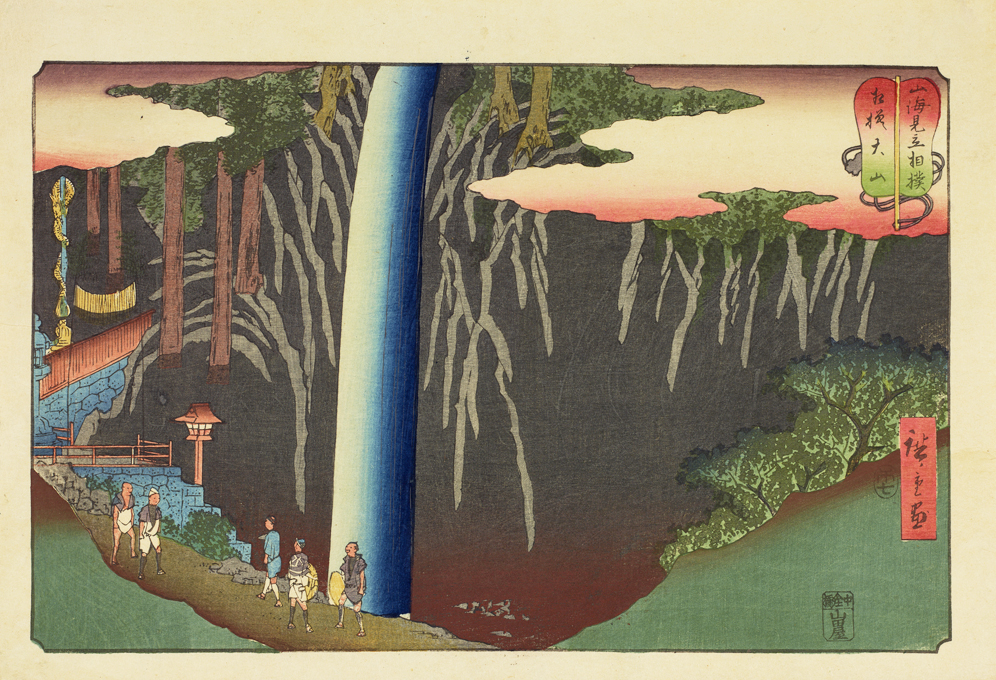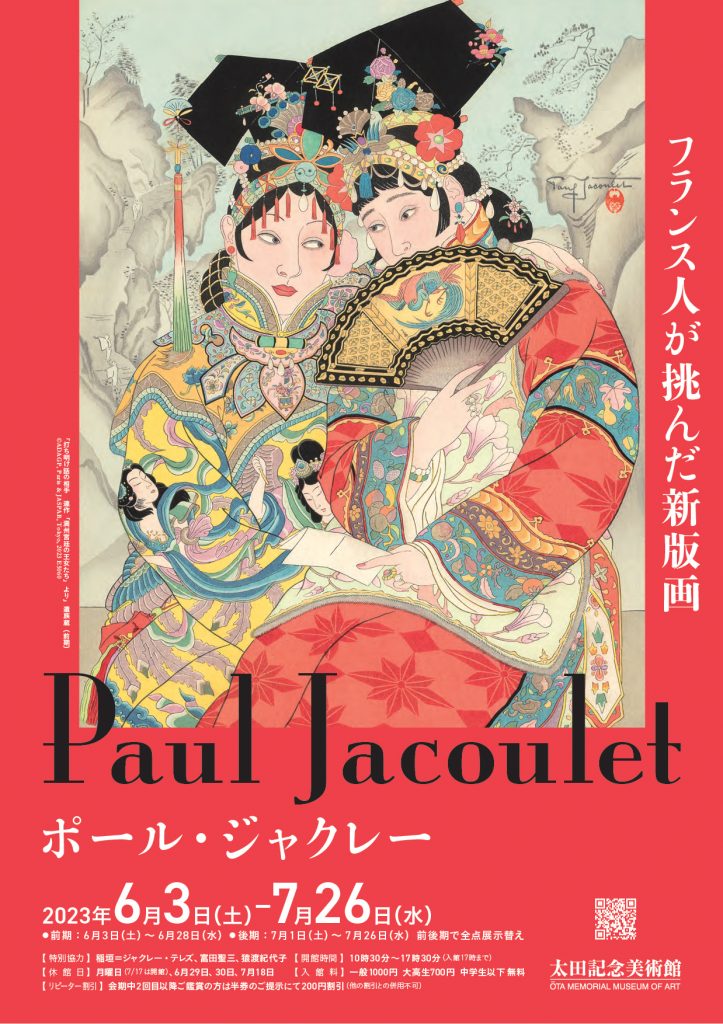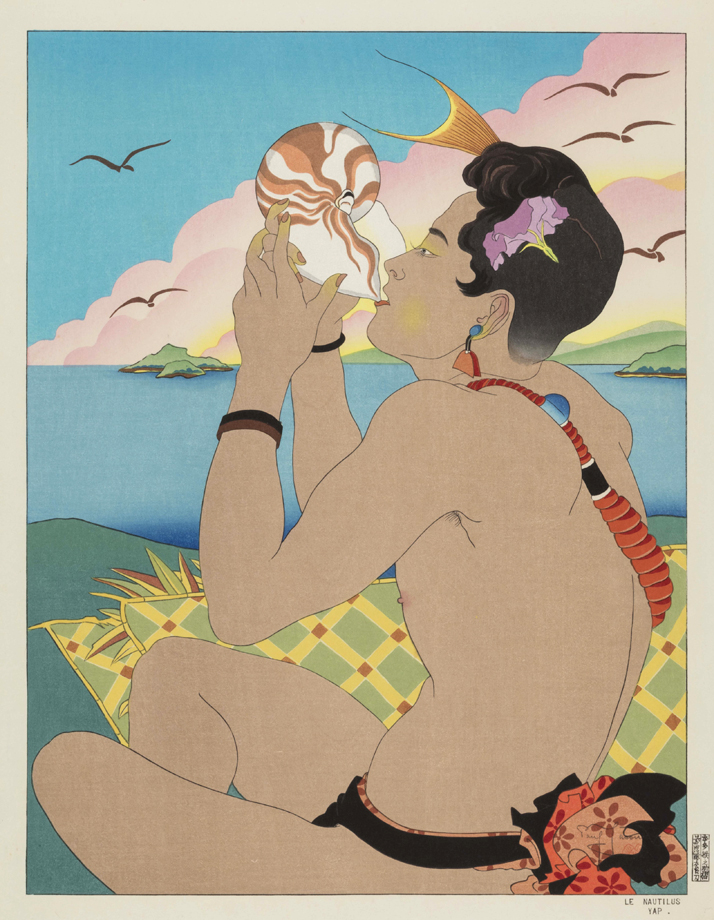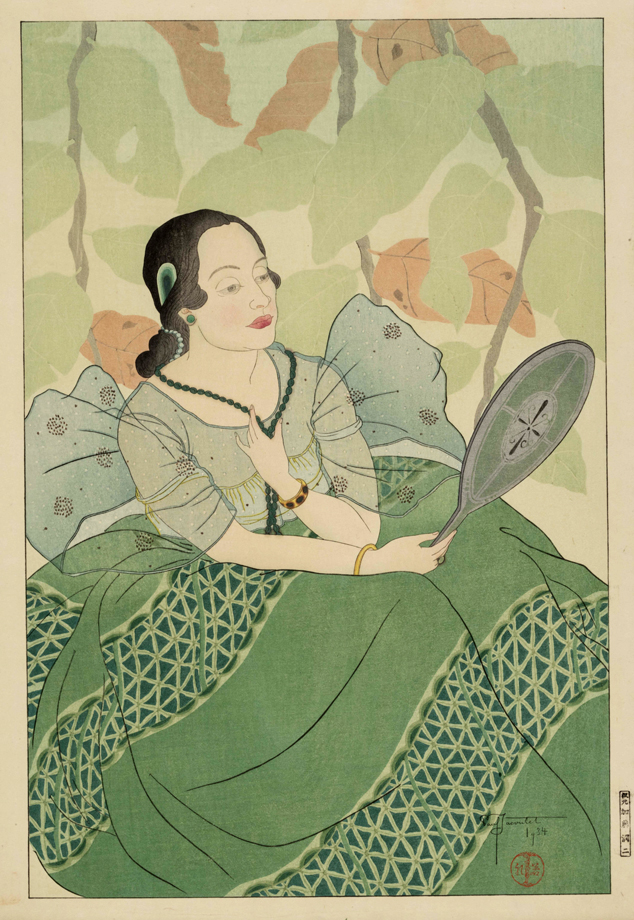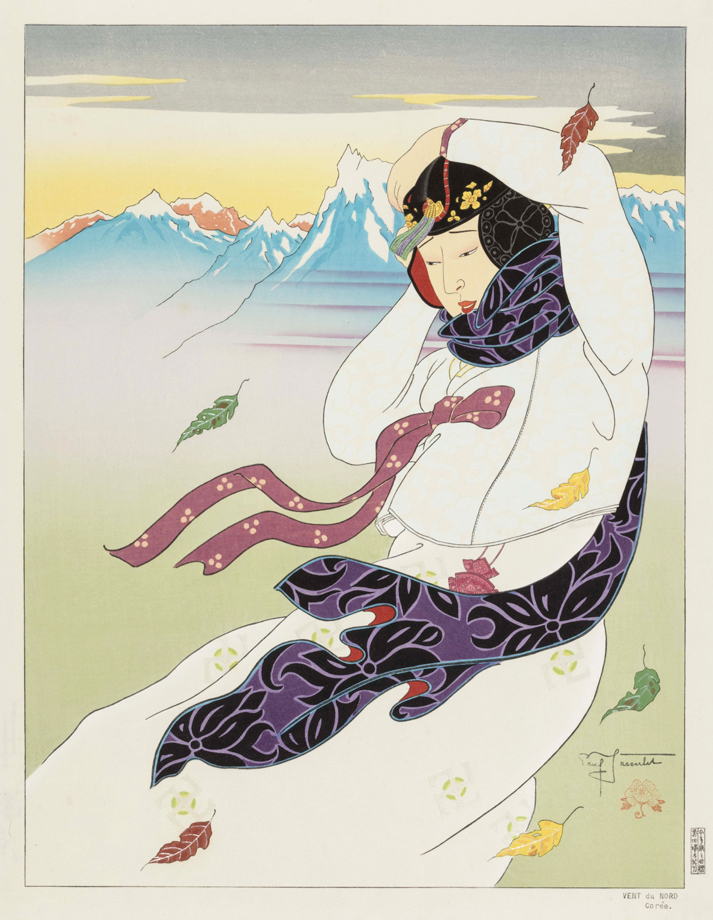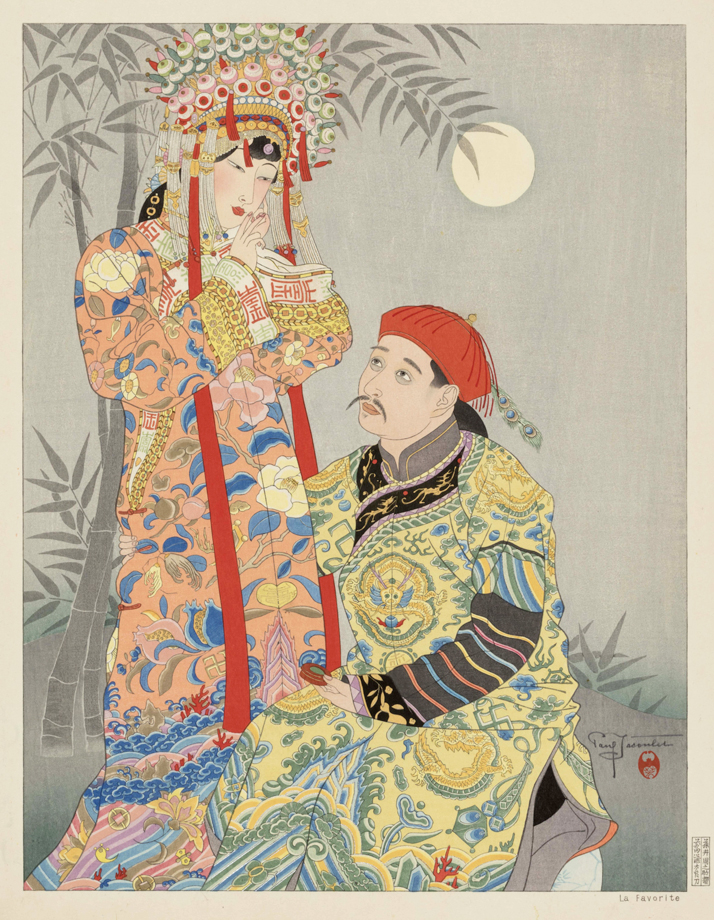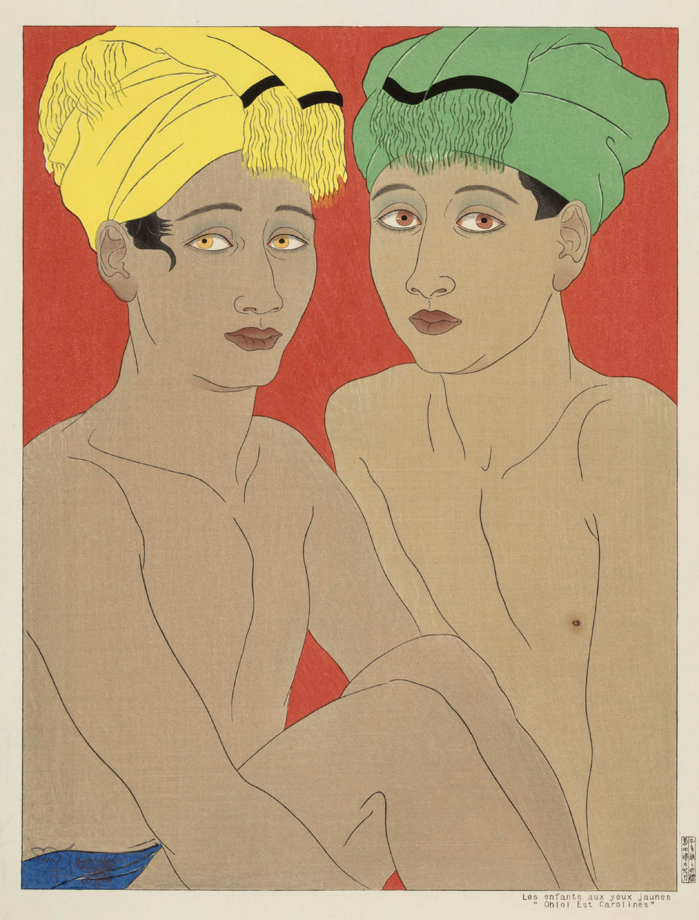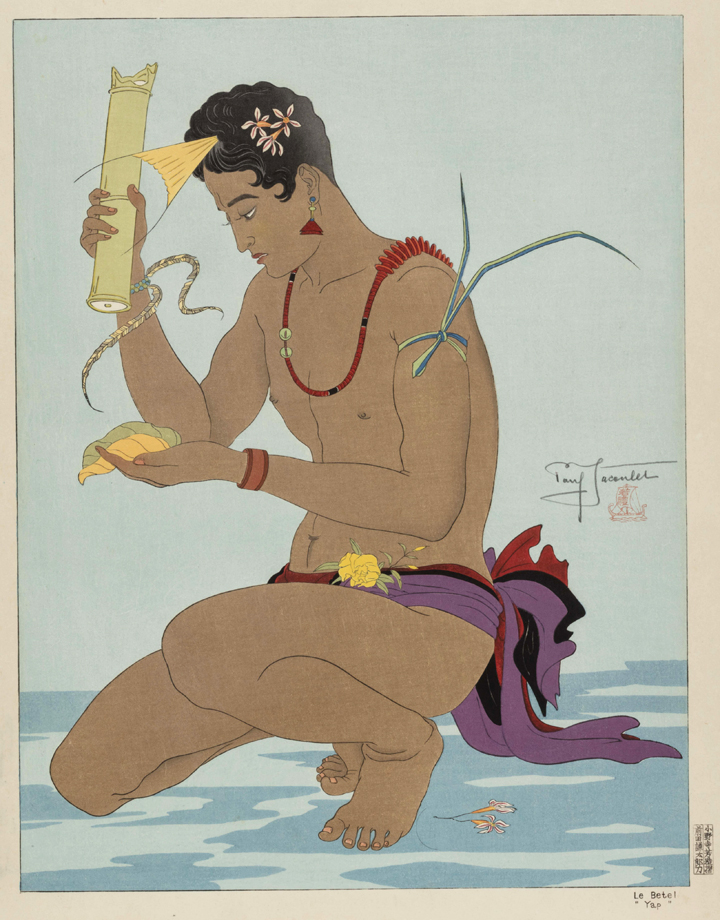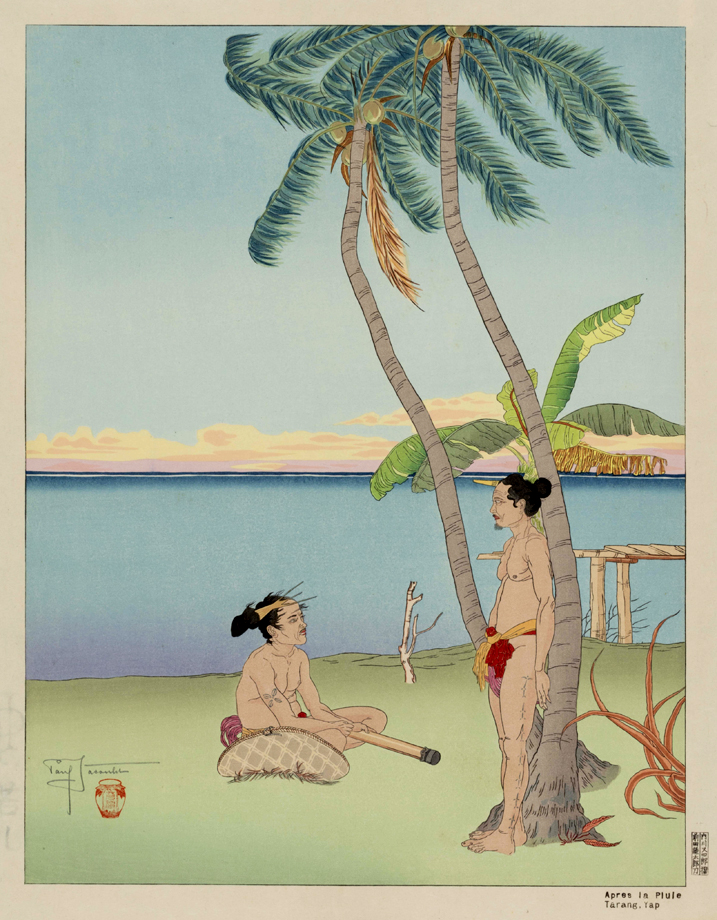Edo Gourmet Dishes

2025, January 5th-26th
Will be closed on January 6, 14, 20.
Opening Hours : 10:30 a.m. – 5:30 p.m. (Last Admission: 5:00 p.m.)
Admission : Adult ¥1000 / University and High school students ¥700 / Junior High School Students and below(under 15 years old) FREE
The Edo period was an era of significant development in the Japanese food culture. Today, Japanese dishes, such as sushi, soba, and tempura, enjoy great popularity, but their roots can be traced back to the Edo period. At that time, these Japanese foods were enjoyed by common people as easily accessible fast food. Moreover, during the Edo period, seasonings essential for flavoring dishes, such as miso, vinegar, and soy sauce, became widely distributed. The people of Edo not only cooked at home; they also bought side dishes from nearby shops, visited food stalls, and dined at restaurants, savoring a variety of delicious cuisines.
Ukiyo-e, which is based on the lives of common people, depicts a wide variety of dishes, ingredients, and dining scenes. This exhibition will present the charm of “Edo Gourmet Dishes” through 90 works of ukiyo-e by popular artists, such as Hokusai, Hiroshige, and Kuniyoshi.
Sushi, soba noodles, and tempura: “Edo Gourmet Dishes” in ukiyo-e
Sushi, soba noodles, and tempura, which have their roots in the Edo period, are popular Japanese foods. Their popularity has spread widely as fast foods that are easily enjoyed by common people. Here, we introduce “Edo Gourmet Dishes” and their ingredients and seasonings.
Hokusai, Hiroshige, and Kuniyoshi: Popular artists who depicted “Edo Gourmet Dishes”
Although Hokusai and Hiroshige are famous for their landscapes, and Kuniyoshi is famous for warrior pictures and caricatures, they also excelled in capturing the lives of the Edo people in their works. Please pay attention to the various ways “Edo Gourmet Dishes” are expressed, particularly in terms of differences in the famous masterpieces by Hokusai, Hiroshige, and Kuniyoshi.
Restaurants, food stalls, and home: “Edo Gourmet Dishes” enjoyed at various places
The Edo people not only cooked; they also bought prepared dishes from nearby stores and enjoyed eating out at food stalls. People also held banquets in fancy restaurants. Here, we introduce dining scenes depicting “Edo Gourmet Dishes” enjoyed at various places.
Admission
| Adult | 1000 yen |
| University and High school students | 700 yen |
| Junior High School Students and below (under 15 years old) | Free |
Calendar
■CLOSED
休館日
1-4,6,14,20,27-31
2025 / 1
1-4,6,14,20,27-31
| SUN | MON | TUE | WED | THU | FRI | SAT |
|---|
HIROSHIGE BLUE

2024, October 5th-December 8th
1st Term October 5th-November 4th
2nd Term November 9th-December 8th
Will be closed on October 7, 15, 21, 28, November5-8, 11, 18, 25, December 2.
Opening Hours : 10:30 a.m. – 5:30 p.m. (Last Admission: 5:00 p.m.)
Admission : Adult ¥1000 / University and High school students ¥700 / Junior High School Students and below(under 15 years old) FREE
Utagawa Hiroshige (1797-1858) was a master of landscape paintings. His works are still popular today, especially the beautiful deep blues of the sky and sea. Those were painted with a blue ink called “Bero-ai (prussian blue)” which was used for ukiyo-e since around 1830. Many artists were inspired by Bero-ai’s beauty and used it to draw landscapes. Hiroshige, in his mid-30s at the time, was one such artist. Once Hiroshige discovered landscape paintings through his encounter with Bero-ai, he gained popularity by delicately drawing the ever-changing sky and water surface. Since then, he continued to produce poetic masterpieces until he passed away, establishing his position in the ukiyo-e world. The exhibition will mainly present Hiroshige’s masterpieces using Bero-ai to bring out the charm of “Hiroshige Blue,” which received worldwide acclaim.
Highlight of Exhibition 1 New era through Bero-ai – masterpieces of landscape paintings
We will introduce some of the famous works colored in beautiful blue from Hiroshige’s first seller of landscape pictures “Famous Places in Edo,” to “Fifty-three Stations of the Tōkaidō Road” which made him a star, to the masterpiece of his later years “One Hundred Famous Views of Edo.”
Highlight of Exhibition 2 The blue era of the ukiyo-e world
Bero-ai reproduces vivid blue, which fascinated many ukiyo-e artists, such as Katsushika Hokusai, Keisai Eisen, and Utagawa Kuniyoshi. The exhibition will also present some works produced in the background of the Bero-ai trend including Hokusai’s landscape painting masterpiece “Thirty-Six Views of Mt. Fuji.”
Highlight of Exhibition 3 Works before the appearance of Bero-ai
During his training, Hiroshige mainly drew pictures of beautiful women, kabuki actors, and warriors. This section introduces his work before he became popular for landscape paintings. What kind of artist would Hiroshige have been if “Bero-ai (prussian blue)” never appeared? It may be fun to view exhibitions with this caveat in mind.
Admission
| Adult | 1000円 |
| University and High school students | 700円 |
| Junior High School Students and below (under 15 years old) | FREE |
Calendar
■休館日
休館日
1-4,7,15,21,28
2024 / 10
1-4,7,15,21,28
| SUN | MON | TUE | WED | THU | FRI | SAT |
|---|
休館日
5-8,11,18,25
2024 / 11
5-8,11,18,25
| SUN | MON | TUE | WED | THU | FRI | SAT |
|---|
プレスの方へ
本展のプレスリリースのダウンロード、掲載や取材のお申込みはこちらから。
Ukiyo-e Haunted House

2024, August 2nd-29th
1st August 3rd-September
2nd Term September 6th-29th
Will be closed on August 5, 13, 19, 26, September 2-5, 9, 17, 24.
Opening Hours : 10:30 a.m. – 5:30 p.m. (Last Admission: 5:00 p.m.)
Admission : Adult ¥1200 / University and High school students ¥800 / Junior High School Students and below(under 15 years old) FREE
A wide variety of ghosts are depicted in ukiyo-e, from eerie specters lurking in dilapidated houses to vengeful spirits glaring at viewers with terrifying expressions. While some frighten us, others make us laugh with their humorous appearance. This exhibition features a large collection of ukiyo-e masterpieces by popular artists like Utagawa Kunisada, Utagawa Kuniyoshi and Tsukioka Yoshitoshi, showcasing various types of specters and ghosts. (Please note that we will swap out all the works between the first and second terms)
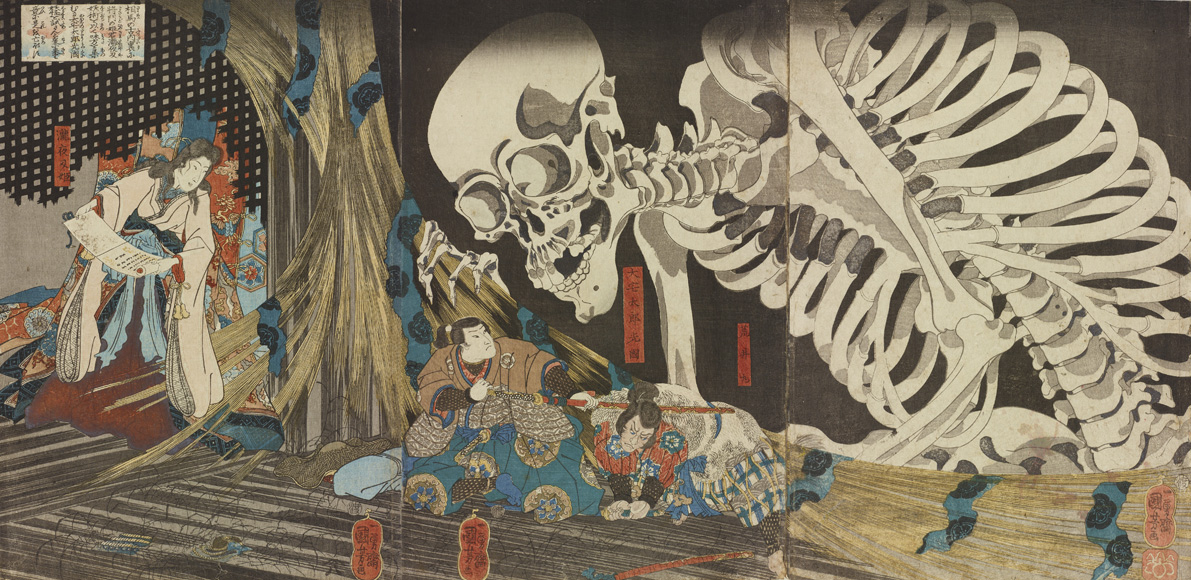
① Ghost and Specters by Popular Ukiyo-e Artists
In this exhibition, you can enjoy a large number of ghost ukiyo-e masterpieces by popular artists. A highlight is Utagawa Kuniyoshi’s “Takiyasha-hime Summoning a Skeleton at the Haunted Old Palace at Sōma” (on display during the second term), one of the most famous ghost ukiyo-e prints.


② Cute and Humorous Ghosts
The exhibition also features a lighter side, with depictions of cute and humorous ghosts, such as haunted cats dancing playfully, kappa (water imps) with human-like expressions, and even specters resembling stuffed animals.
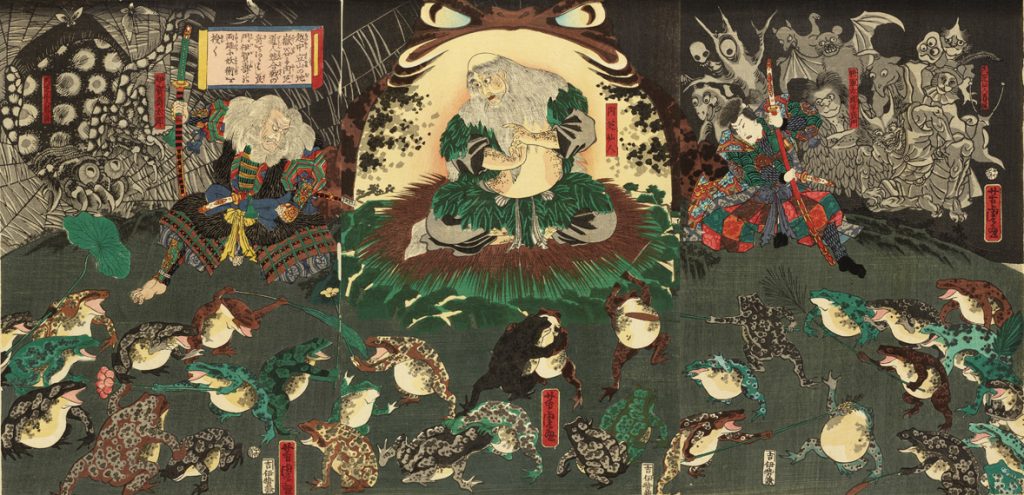
③ Approximately 20% of the Exhibits Showcased for the First Time.
36 pieces of the 174 works on display are new acquisitions, showcased for the first time. Whether you’re a first-time visitor or a returning guest, we hope you enjoy encountering this variety of ghosts.
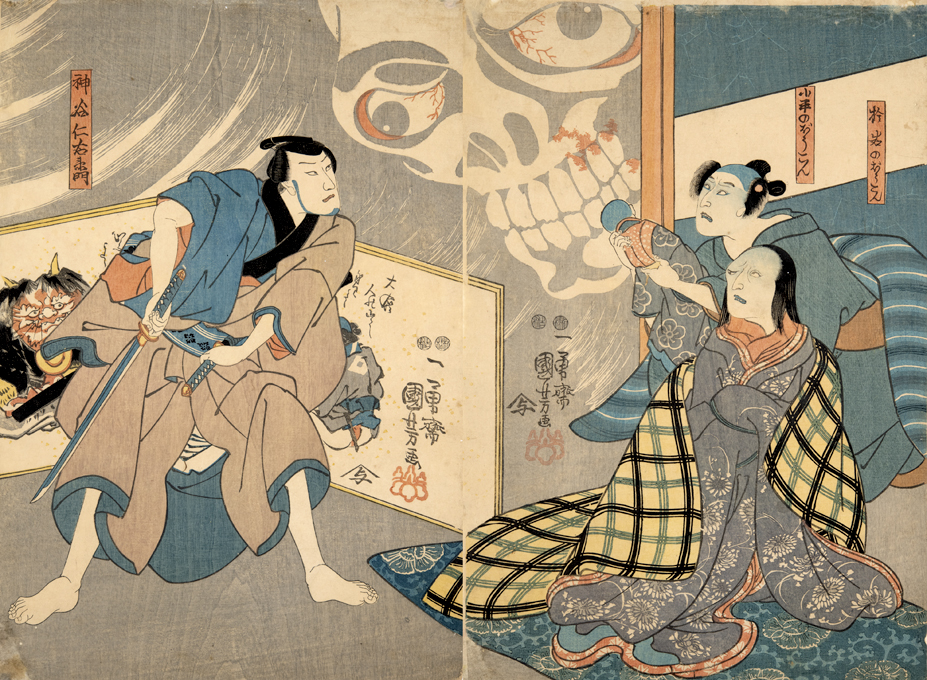

Admission
| Adult | 1200 yen |
| University and High school students | 800 yen |
| Junior High School Students and below (under 15 years old) | Free |
Calendar
■CLOSED
休館日
1,2,5,13,19,26
2024 / 8
1,2,5,13,19,26
| SUN | MON | TUE | WED | THU | FRI | SAT |
|---|
休館日
2-5,9,17,24,30
2024 / 9
2-5,9,17,24,30
| SUN | MON | TUE | WED | THU | FRI | SAT |
|---|
Fan Pictures by Kuniyoshi -Cats, Kabuki Actors and Girls
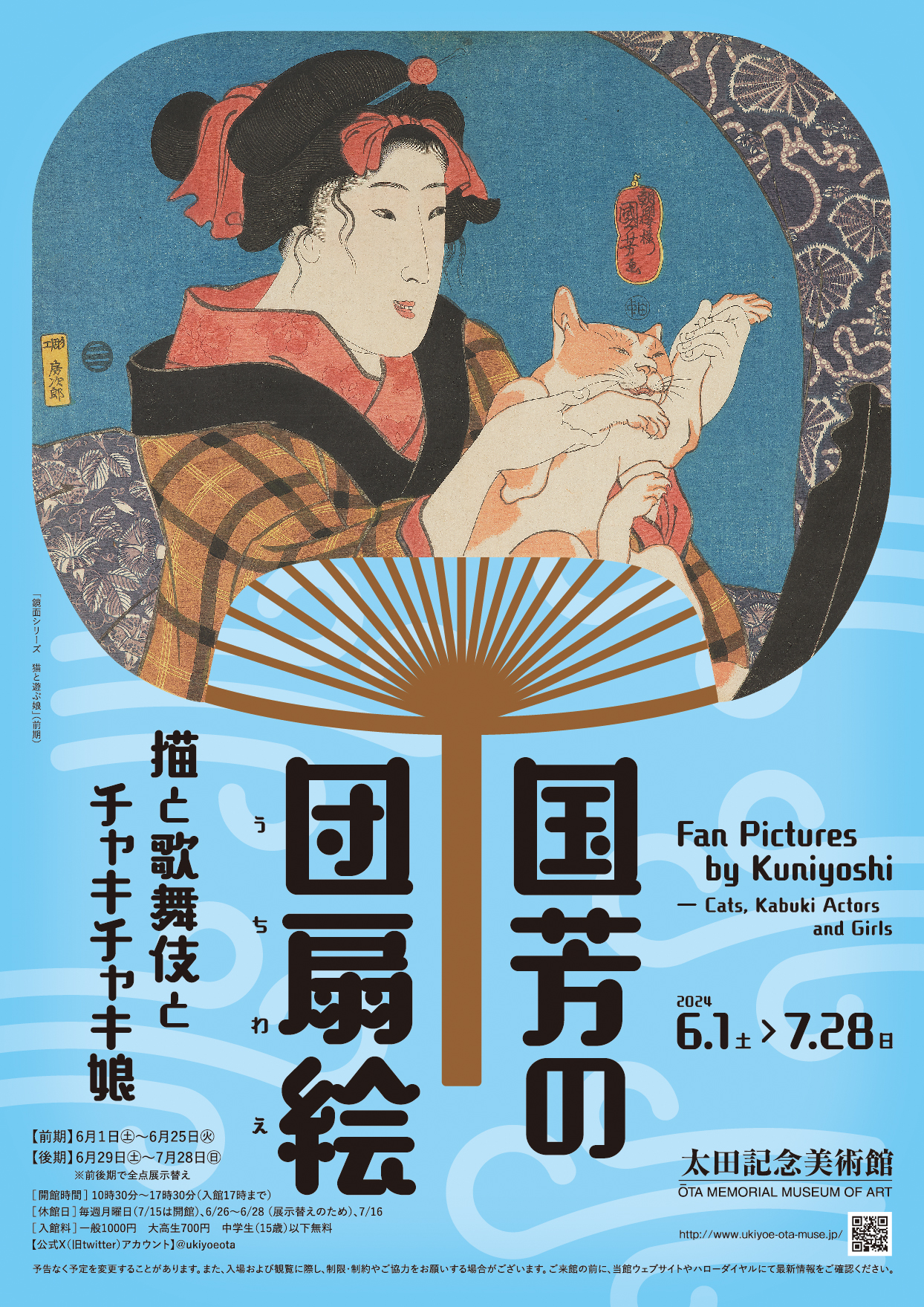
2024, June 1st-July 28th
1st Term June 1st-25th
2nd Term June 29th-July 28th
Will be closed on June 3, 10, 17, 24, 26-28, July 1, 8, 16, 22.
Opening Hours : 10:30 a.m. – 5:30 p.m. (Last Admission: 5:00 p.m.)
Admission : Adult ¥1000 / University and High school students ¥700 / Junior High School Students and below(under 15 years old) FREE
Enjoy the fan ukiyo-e prints and feel the breeze!
Uchiwa is a traditional Japanese hand fan, typically crafted with a round or oval bamboo frame and adorned with paper. During the Edo period, these fans were indispensable not only for cooling off during the hot summer months but also served as fashionable accessories and collectibles for kabuki enthusiasts, similar to modern bromides. Utagawa Kuniyoshi (1797-1861), a ukiyo-e artist renowned for his wide range of subjects of the late Edo period (1603-1868), was prolific in fan picture production. His work, which encompassed more than 600 pieces, features humorous caricatures, vivid portrayals of kabuki actors, and lively depictions of beautiful women, making these fans beloved daily necessities in Edo.
While fans are typically consumable items, surviving examples are rare; however, those showcased in this exhibition are in exceptional condition. Among the 220 pieces displayed, approximately 100 works are being unveiled for the first time. We hope you will enjoy the delightful, intriguing, and lesser-known world of Kuniyoshi’s fan pictures.
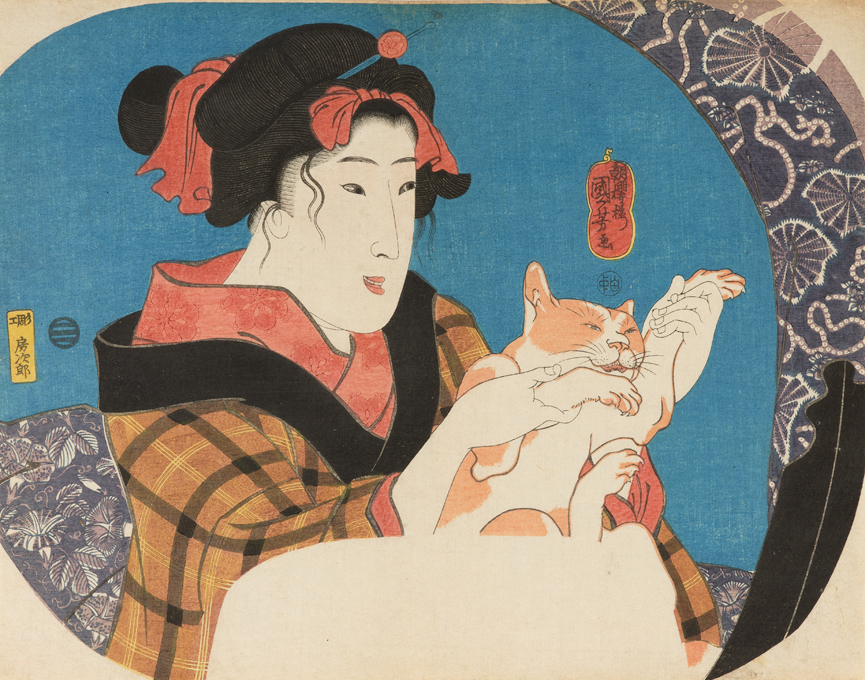
The world’s exclusive exhibition of Kuniyoshi’s fan pictures
Fans were used as practical products until they became dirty or broken. However, all the pieces showcased are in excellent condition, highlighting exceptional carving and printing techniques. This presents a unique opportunity to explore Kuniyoshi’s artistic allure through fan pictures that have remained in good condition—a rarity in itself.

100 premiere works
Among the exhibits, 100 works are being displayed for the first time, including renowned pieces such as “Girl Playing with a Cat” and “Cats Juggling Balls.” This collection not only encompasses depictions of actors and beautiful women but also includes store advertisements and puzzle-solving games, providing insights into the daily lives and entertainment of the Edo period. Additionally, it showcases Kuniyoshi’s meticulous drawing skills.
Featured themes: yakusha-e and bijin-ga
Kuniyoshi, renowned for his humorous caricatures and dynamic warrior depictions, frequently centered his fan art on yakusha-e (portraits of kabuki actors) and bijin-ga (pictures of beautiful women). These subjects, deeply ingrained in the daily lives of Edo people, highlight lively and exquisitely rendered figures, particularly women. Attendees are encouraged to appreciate the beloved Kuniyoshi beauties, cherished by spectators of the Edo-era.
Origin of Oshikatsu [supporting activities of one’s favorite]
Fans have historically played a crucial role in Japanese culture, dating back to the Edo period when fan pictures featuring popular kabuki actors were highly coveted. These fans allowed people to feel a daily connection with their favorite performers, much like today’s Oshikatsu, where fans support their favorite celebrities by inscribing names or messages.

協力:ギャラリー紅屋
Admission
| Adult | 1000 yen |
| University and High school students | 700 yen |
| Junior High School Students and below (under 15 years old) | Free |
Calendar
■CLOSED
休館日
3,10,17,24,26-28
2024 / 6
3,10,17,24,26-28
| SUN | MON | TUE | WED | THU | FRI | SAT |
|---|
休館日
1,8,16,22,29-31
2024 / 7
1,8,16,22,29-31
| SUN | MON | TUE | WED | THU | FRI | SAT |
|---|
Tsukioka Yoshitoshi “One Hundred Views of the Moon”

2024, April 3rd-May 26th
1st Term April 3rd-29th
2nd Term May 3rd-26th
Will be closed on April 8, 15, 22, 30, May 1, 2, 7, 13, 20.
Opening Hours : 10:30 a.m. – 5:30 p.m. (Last Admission: 5:00 p.m.)
Admission : Adult ¥1000 / University and High school students ¥700 / Junior High School Students and below(under 15 years old) FREE
Exhibition of the complete 100 works of “One Hundred Views of the Moon”: Tsukioka Yoshitoshi’s most well-known works
Tsukioka Yoshitoshi (1839-1892) was an ukiyo-e artist who was active from the end of the Edo period to the early Meiji period. Yoshitoshi’s “musha-e (warrior pictures)” are famous for their powerful and bold compositions, and are full of a cool charm that attracts us even today. The Ota Memorial Museum of Art also often features Tsukioka Yoshitoshi, but this exhibition will introduce all 100 pieces of “One Hundred Views of the Moon” which is his masterpiece from his later years, and the exhibition period will be divided into the first and second halves.
Appreciating “One Hundred Views of the Moon” from various aspects
The themes of “One Hundred Views of the Moon” are based on stories related to the moon. They vary widely, from warriors and beautiful women in the Heian period and the Age of Civil Wars, to mystic creatures such as ghosts and monsters. In this exhibition, we will introduce a clearer view of the world of “One Hundred Views of the Moon” through the subjects depicted in the pictures such as Japanese poems, warriors and the everyday lives of the people.
“Flowers” and “Snow” by Yoshitoshi’s pupils
Akiyama Buemon, the publisher of “One Hundred Views of the Moon,” also published a set works by Yoshitoshi’s pupils, Mizuno Toshikata and Arai Yoshimune. Toshikata’s “Thirty-six Selected Beauties,” features beautiful women reminiscent of flowers, while Yoshimune’s “Selected Tales of Snow” is based on the old stories related to snow. In Japan, the moon is often presented in combination with flowers and snow. This exhibition introduces not only Yoshitoshi’s moon, but also flowers and snow pictures by his pupils.
Admission
| Adult | 1000 yen |
| University and High school students | 700 yen |
| Junior High School Students and below (under 15 years old) | Free |
Calendar
■CLOSED
休館日
1,2,8,15,22,30
2024 / 4
1,2,8,15,22,30
| SUN | MON | TUE | WED | THU | FRI | SAT |
|---|
休館日
1,2,7,13,20,27-31
2024 / 5
1,2,7,13,20,27-31
| SUN | MON | TUE | WED | THU | FRI | SAT |
|---|
Introduction to Ukiyo-e
When viewing ukiyo-e, which point do you focus on?
Since most ukiyo-e are woodblock prints, it is important to appreciate not only the artist’s brush strokes, but also the excellent techniques of the carvers and printers who create the ukiyo-e together with the artists, so as to enjoy the works more deeply. There are also a number of key points, such as the state of preservation of the works and the texts inscribed in the pictures, that reveal the behind-the-scenes production process.
This exhibition introduces diverse perspectives from which to view ukiyo-e, from basic knowledge to in-depth analysis for ukiyo-e connoisseurs. We hope you will experience various ways to enjoy ukiyo-e.
Dig deep into the “Great Wave” by Katsushika Hokusai
Katsushika Hokusai’s Thirty-six Views of Mt. Fuji: The Great Wave off Kanagawa is the most famous ukiyo-e in the world. This work is filled with highlights for viewing ukiyo-e, such as Hokusai’s observational skills in capturing the furious waves, the techniques of the carver and the printer, and the use of an imported blue pigment. In this exhibition, we explore the techniques of masterpieces by leading artists such as Hokusai, Hiroshige and Utamaro.
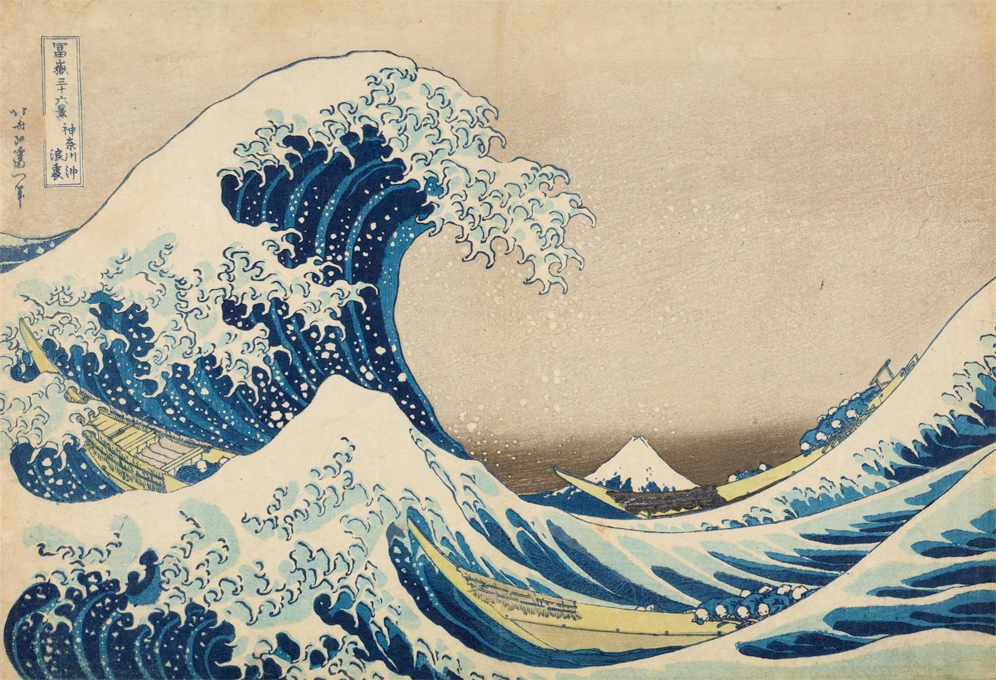
Do you have an eye for ukiyo-e? Discover the differences of printing techniques!
Since most of ukiyo-e are woodblock prints, there are many identical works in circulation. However, when we compare earlier and later prints, we find that there are various differences in color, shape, and other details in the same work. In this exhibition, we also look at the details of the printing process and technique.
Delve into eye-opening knowledge of ukiyo-e
A small margin in the corner, and mysterious symbols in prints. In these small places that we normally do not notice, there are hidden clues that reveal the background of ukiyo-e, from productions to its state of preservation. Let’s examine some of the interesting knowledge about ukiyo-e that will prove eye-opening even for seasoned ukiyo-e lovers.
Admission
| Adult | 1000 yen |
| University and High school students | 700 yen |
| Junior High School Students and below (under 15 years old) | Free |
Calendar
■CLOSE
休館日
4,11,18,25-31
2023 / 12
4,11,18,25-31
| SUN | MON | TUE | WED | THU | FRI | SAT |
|---|
Katsushika Oi 「Night Scene in the Yoshiwara」 -Charm of Hand Paintings
Katsushika Ōi (date of birth and death unknown), an ukiyo-e artist in the Edo period, was the daughter of Katsushika Hokusai. Although only about 10 of her works have been confirmed to exist in the world, they are impressive and different from her great father’s works, continuing to fascinate many people. Among them, “Night Scene in the Yoshiwara” could be one of her best-known hand-drawn paintings, capturing the light and darkness of the Yoshiwara pleasure quarters. In this exhibition, we exhibit a number of original hand-drawn paintings from Ota Memorial Museum of Art’s collection as well as “Night Scene in the Yoshiwara” for the first time in three and a half years. Ukiyo-e prints were produced with the cooperation of a publisher, painter, carver, and a printer, and printed in large numbers. However, ukiyo-e hand-drawn paintings are one-of-a-kind works drawn directly on paper or silk by the artist. Our collection of hand-drawn paintings covers the long history of ukiyo-e and its wide range of genres, from Hishikawa Moronobu to Kitagawa Utamaro, Katsushika Hokusai, and Kobayashi Kiyochika of the Meiji era. Along with Ōi’s work, visitors can enjoy the world of hand-painted works by various artists.

1 “Night Scene in the Yoshiwara” on display for the first time in three and a half years
“Night Scene in the Yoshiwara” will be on display for the first time in three and a half years, and is recognized as one of the best-known hand-drawn paintings among Katsushika Ōi’s rare works. This is a masterpiece depicted using light and shadows, where she dramatically portrayed the night in Yoshiwara, the pleasure quarters of Edo. As a number of light sources are depicted in the painting, including the lanterns held by the customers and the lights inside the brothel, the figures of the people illuminated by the light emerge in the dark creating a dreamlike atmosphere. Please enjoy the brilliant brushwork by Ōi, including the beautiful colors and gradation.
2 Hokusai, Utamaro and Kiyochika – discovering the real brushwork of artists
In ukiyo-e, woodblock prints were produced in collaboration with artists, carvers, and printers, and it was possible to produce many prints. Therefore, ukiyo-e prints with the same titles are often stored in museums all around the world. On the other hand, hand-drawn paintings are valuable as they are one-of-a-kind originals that artists such as Hokusai, Utamaro and Kiyochika painted directly on paper or silk. We can see the real brushwork by artists in hand-drawn paintings, with the fine lines and beautiful color gradations. The beauty of the richly used pigments is also one of the highlights of this exhibition.
3 People, landscapes, and stories – discovering works on various themes
One of the most depicted motifs in hand-drawn paintings is the so-called bijin-ga painting portraying a standing woman. However, The Ota Memorial Museum of Art’s collection of hand-drawn paintings includes many artists and genres, and you can find works on a wide range of themes, not just the bijin-ga paintings. This exhibition will be introducing the works divided into four themes, which are “people”, “common life”, “landscapes”, and “stories”. We will present the charm of hand-drawn paintings from various perspectives such as the changes in women’s customs, famous places all over Japan, and stories familiar to Edo people.
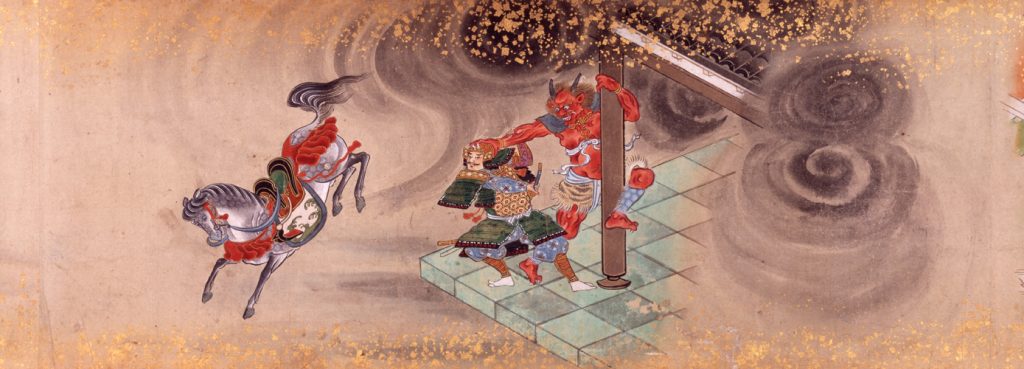
Admission
| Adult | 1000 yen |
| University and High school students | 700 yen |
| Junior High School Students and below (under 15 years old) | Free |
Calendar
■CLOSED
休館日
6,13,20,27-30
2023 / 11
6,13,20,27-30
| SUN | MON | TUE | WED | THU | FRI | SAT |
|---|
プレスの方へ
本展のプレスリリースのダウンロード、掲載や取材のお申込みはこちらから。
Beautiful Women and Kimono
2023, September 1st-October 22nd
1st Term September 1st-24th
2nd Term September 30th-October 22nd
Will be closed on August 4, 11, 19, 25-29、October 2, 10, 16.
Opening Hours : 10:30 a.m. – 5:30 p.m. (Last Admission: 5:00 p.m.)
Admission : Adult ¥800 / University and High school students ¥600 / Junior High School Students and below(under 15 years old) FREE
Ukiyo-e are paintings that capture the trends of the time, and an important genre within ukiyo-e are “bijin-ga”, which portray beautiful women in the latest fashions. The appearance of the kimono depicted in ukiyo-e represents the aesthetic sense back then, and also determines the impression created by the work. The Edo period, when ukiyo-e flourished, was an era when social stability and industrial development in various regions grew and fashion culture blossomed.
While various clothing, accessories, techniques, and designs were developed, ukiyo-e artists depicted these attractive items in their paintings, and as a result, excellent bijin-ga which captured the trends of the time were produced.
In this exhibition, we will introduce about 130 works from the early Edo period to the early Showa period. The changing fashions and styles of kimono over time and auspicious patterns and designs that had been beloved since ancient times as well as the history of bijin-ga will be presented. You will be able to feel the richness of Japanese culture from the portraits of women wearing patterns which each have their own history and story.
A Lot of Excellent Works of Bijin-ga (pictures of beautiful women)
This exhibition introduces ukiyo-e paintings and prints that depict beautiful women spanning approximately 250 years, and features a large number of outstanding works by leading artists of the time, such as Suzuki Harunobu, Kitagawa Utamaro and Tsukioka Yoshitoshi. Many beautiful and precious masterpieces are a must-see. Please do not miss them.
Wearing Patterns and Stories
Kimonos have many kinds of different patterns. Even if the motif appears simple, the patterns sometimes represent an auspicious meaning, sometimes are based on classic tales such as “The Tales of Genji” or “The Tales of Ise”, and sometimes associated with popular kabuki actors. This exhibition also delves into the meanings of the patterns, and introduces how the women depicted in ukiyo-e enjoyed not only the beauty of the patterns, but also the stories behind them.
Men in Fashion
Men in the Edo period were as passionate about dressing as they are today. Ukiyo-e often depicted men’s preferences for fashion items such as unique coordinates of a dark-colored kimono and a red sash called “Harakiri (belly-breaking) belt,” and imported leather tobacco pouches with gold patterns. In this exhibition, you can enjoy highly individual men’s fashions such as beautifully dressed boys, sophisticated men, and chivalrous men in wild yukatas.
Enjoy Dressing – Sophisticated, Gorgeous and Cute!
People in the Edo period wore distinct clothing depending on their status, age, and occupation. Ukiyo-e also depicts the different charms of each kind of fashion style: high-ranking courtesans wearing elaborate kimonos with gorgeous hair ornaments, towns girls coordinated in their kimono with floral patterns and bright colors, and geisha using stylish accessories such as hairpins and half collars. It may be fun to learn the techniques of how to dress from their styles
Admission
| Adult | 800 yen |
| University and High school students | 600 yen |
| Junior High School Students and below (under 15 years old) | Free |
Calendar
■CLOSED
休館日
4,11,19,25-29
2023 / 9
4,11,19,25-29
| SUN | MON | TUE | WED | THU | FRI | SAT |
|---|
休館日
2,10,16,23-31
2023 / 10
2,10,16,23-31
| SUN | MON | TUE | WED | THU | FRI | SAT |
|---|
Utagawa Hiroshige -Traveling Mountains and Seas
Exploring Breathtaking Scenery in Japan with Hiroshige
As a leading painter of landscapes, the ukiyo-e artist Utagawa Hiroshige (1797-1858) gained popularity among the general public at the end of the Edo period. As well as the famous landmarks in Edo, Hiroshige was also active in depicting natural scenes of mountains and the sea in various places. He had focused on famous places along the Tōkaidō Road which is far from Edo since his youth, but from around his 40s especially, it is known that he traveled to various places such as Kōshū and Bōsō; it is thought that since then his experience of capturing nature while travelling is reflected in his works.
Mountains and the sea are the key themes, and this exhibition will show a wide variety of works, from well-known masterpieces to the works rarely exhibited, including all of the 20 drawings in the series “Wrestling Match Between the Mountains and Sea ” which Hiroshige produced in his later years, “Thirty-six Views of Mount Fuji“ and “Famous Views of the Sixty-odd Provinces”.
This exhibition will also introduce the process of producing these works as well as the famous places that Hiroshige actually visited, and the places he depicted based on the illustrations from existing geography books. We will also discover through these works the various forms of religious beliefs rooted in the mountains and the sea of each place, such as shrines built on the steep mountains and the large torii gates on the sea. This exhibition offers visitors the opportunity to learn more about Hiroshige’s works while enjoying the breathtaking scenery depicted in his ukiyo-e paintings, just as if they were traveling.
1 All 20 works of ” Wrestling Match Between the Mountains and Sea”, one of the Hiroshige’s masterpieces that depicts the beauty of Japan’s mountains and seas, will be exhibited
In his later years, Utagawa Hiroshige produced a number of works featuring landscapes of various provinces in Japan, especially mountains and seas. Among them, the series ” Wrestling Match Between the Mountains and Sea” is one of his best-known series and he completed publishing it just before his death from cholera in September 1858. This exhibition features all 20 works of this series into which Hiroshige poured his last energy, as well as “One Hundred Famous Views of Edo” and ” Thirty-six Views of Mount Fuji”, which he painted in his later years. This is also the first experience of presenting the entire series in one exhibition. In addition, ” Famous Views of the Sixty-odd Provinces ” and many other landscapes pictures by Hiroshige will be introduced.
2 Did Hiroshige see the actual scenery? – Thinking about the process of creation
Hiroshige traveled around various provinces during his lifetime. In his travels to Kōshū and Bōsō Province, he kept a diary and sketches, and his works after returning to Edo are believed to be based on his experiences during the travel. On the other hand, Hiroshige often referred to illustrations in existing geographical books such as Fuchigami Kyokkō’s “Noted Landscapes” and Tani Bunchō’s “The Book of Famous Mountains”. In this exhibition, we will study Hiroshige’s ingenuity to create beautiful landscape prints through his works and materials.
3 Introducing various beliefs rooted in great nature
In Hiroshige’s landscape pictures, we can often find the precincts of shrines and temples. Great nature such as steep mountains and capes often became objects of worship since ancient times. This exhibition introduces various beliefs of the Edo period, including the Fuji and Oyama faiths, through Hiroshige’s works.
Admission
| Adult | 800 yen |
| University and High school students | 600 yen |
| Junior High School Students and below | Free |
Calendar
■CLOSED
休館日
7,14,21,28-31
2023 / 08
7,14,21,28-31
| SUN | MON | TUE | WED | THU | FRI | SAT |
|---|
Woodblock Prints Exhibition of Paul Jacoulet
2023, June 3rd-28th-July 26th
1st Term June 3rd-28th
2nd Term July 1st-26th
Will be closed on June 5, 12, 19, 26, 29, 30, July 3, 10, 18, 24.
Opening Hours : 10:30 a.m. – 5:30 p.m. (Last Admission: 5:00 p.m.)
Admission : Adult ¥1000 / University and High school students ¥700 / Junior High School Students and below
aul Jacoulet (1896-1960) was a French artist born in Paris. Since his father started to teach French in Japan, he moved to Japan at the age of 3 and remained there until his death at 64. At 38, in 1934, he published a distinctive series of woodblock prints depicting people in the South Seas Islands and Asia. During the early Showa era (1926-1989), a popular genre of collaborative woodblock prints called “shin-hanga” emerged, involving painters, carvers, and printers. Jacoulet’s vividly colored woodblock prints, portraying individuals of all ages from various countries, stand out as unique examples within the new prints of that time. This exhibition showcases the complete range of Jacoulet’s new prints.
本展の見どころ
First-Ever Exhibition of All 162 Prints by Jacoulet in Tokyo
This exhibition will showcase a comprehensive collection of 162 prints by Jacoulet, divided into two separate terms. It marks the first occasion for all 162 works to be presented together in Tokyo.
Vibrantly Colored Portrayals of People from the South Seas Islands and Asia
Jacoulet’s colorful prints vividly depict individuals from Micronesia’s Saipan and Yap islands, as well as various regions in Asia, including Japan, the Ainu, Korea, China, and Manchuria. His artworks showcase a harmonious blend of vibrant colors, such as red, light blue, yellow, and purple, and offers a refreshing surprise to those accustomed to the digital color palettes today.
Jacoulet’s Prints Stand Out in the World of “Shin-hanga”
The term “shin-hanga” refers to woodblock prints created during the Taishō and Shōwa Eras through collaborative efforts of artists, carvers, and printers. While publishers typically played a leading role in ukiyo-e print production, Jacoulet took charge of directing the carvers and printers himself, pursuing his own unique artistic style. His works gained recognition after World War II, with positive reception from General MacArthur and other American military personnel stationed in Japan. Additionally, Jacoulet carved his own path in terms of distribution, setting himself apart from other shin-hanga artists.
Jacoulet’s Place in the Lineage of Ukiyo-e during the Edo Period
Having grown up in Japan, Jacoulet was intimately familiar with traditional Japanese culture, including ukiyo-e, kabuki plays, and gidayū ballad dramas. From a young age, he collected and reproduced ukiyo-e prints, immersing himself in their artistry. During his teenage years, he studied Japanese painting under Ikeda Terukata and his wife Shōen, who were students of Tsukioka Yoshitoshi’s original pupil. Inspired by the works of Kitagawa Utamaro, Jacoulet specialized in depicting beautiful women. It can be said that Jacoulet was a part of the lineage of ukiyo-e artists during the Edo period.
Admission
| Adult | 1000 yen |
| University and High school students | 700 yen |
| Junior High School Students and below | Free |
開館日カレンダー
■CLOSED
休館日
1,2,5,12,19,26,29,30
2023 / 6
1,2,5,12,19,26,29,30
| SUN | MON | TUE | WED | THU | FRI | SAT |
|---|
休館日
3,10,18,24,27-31
2023 / 7
3,10,18,24,27-31
| SUN | MON | TUE | WED | THU | FRI | SAT |
|---|



